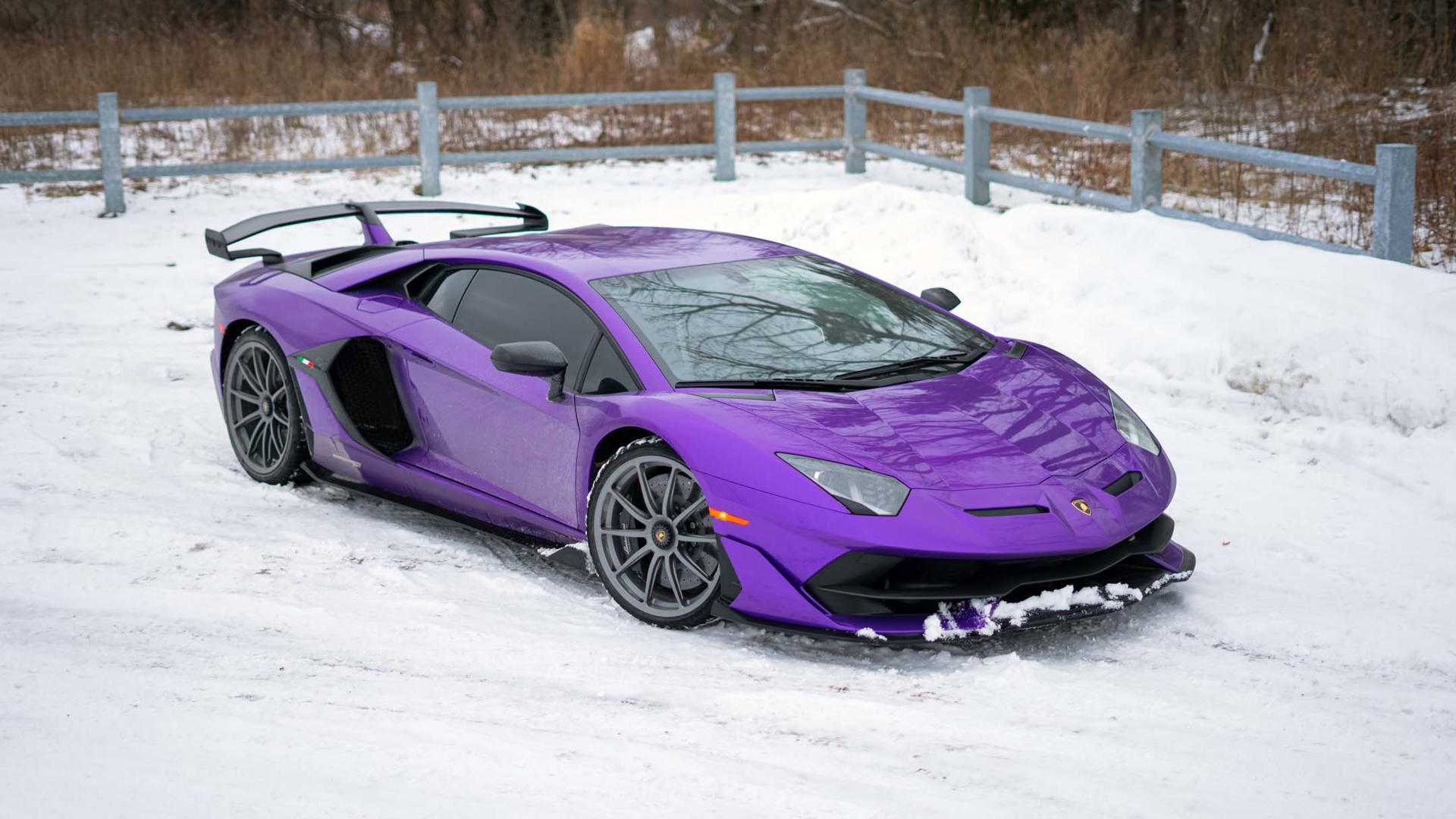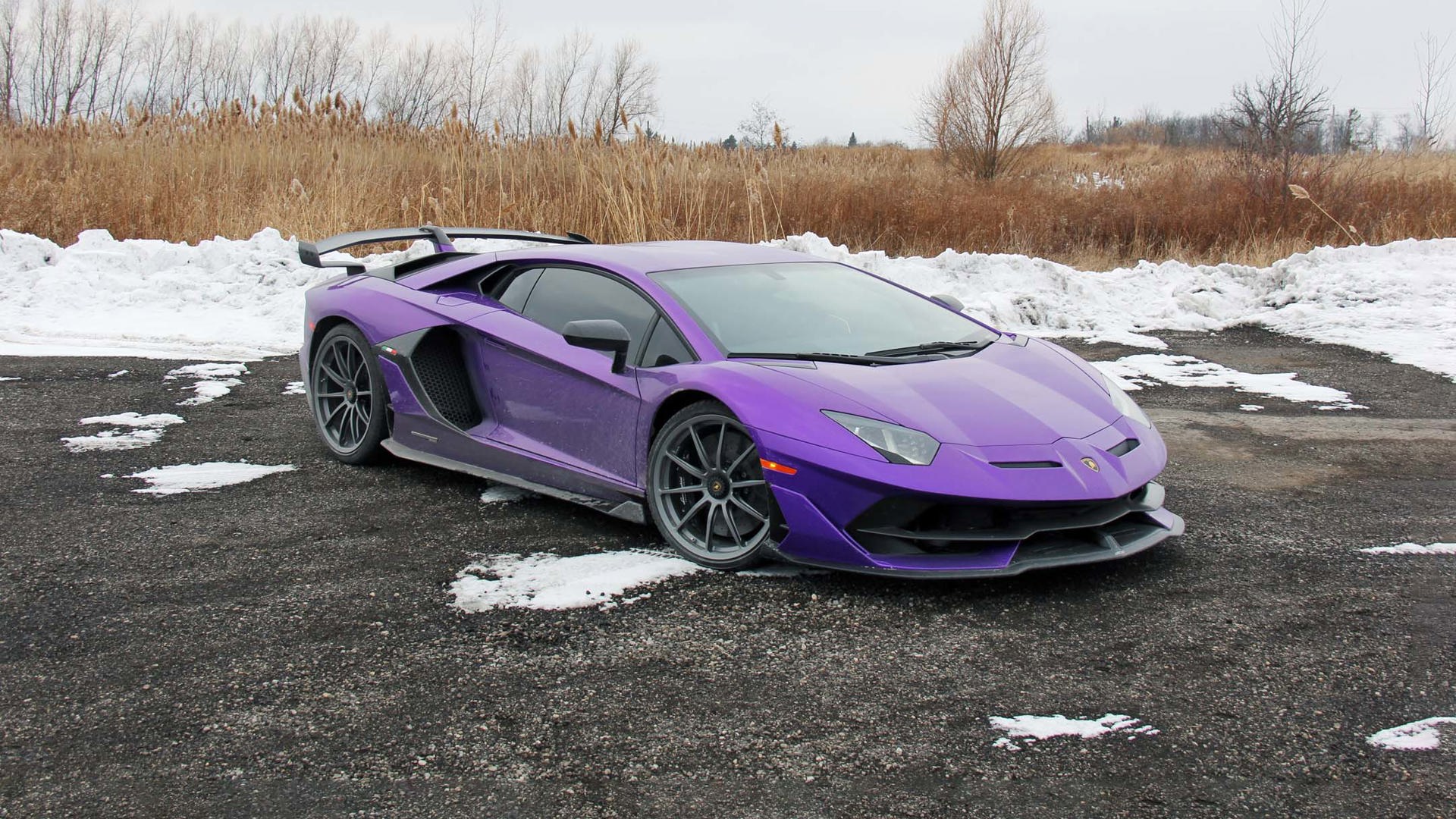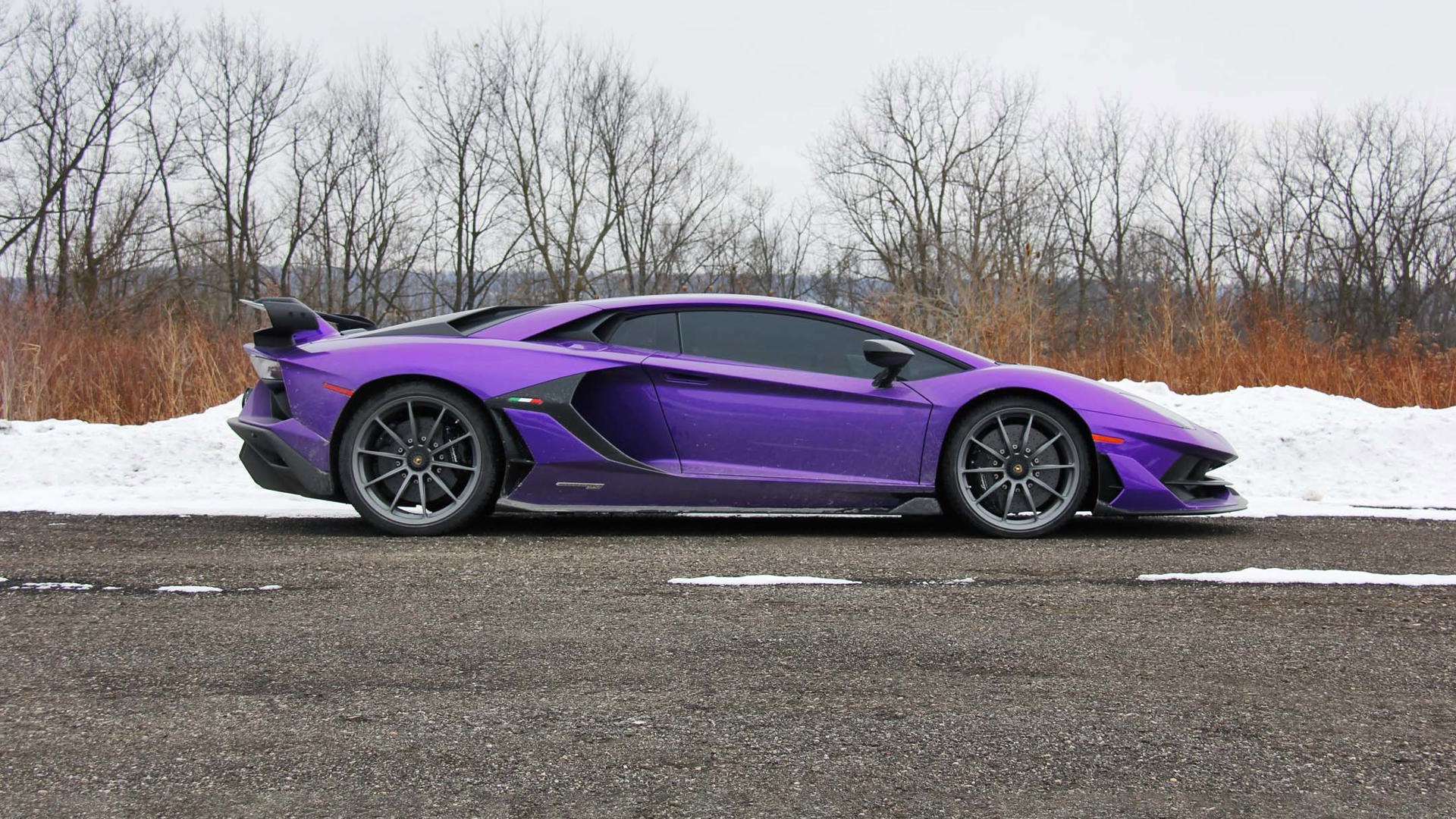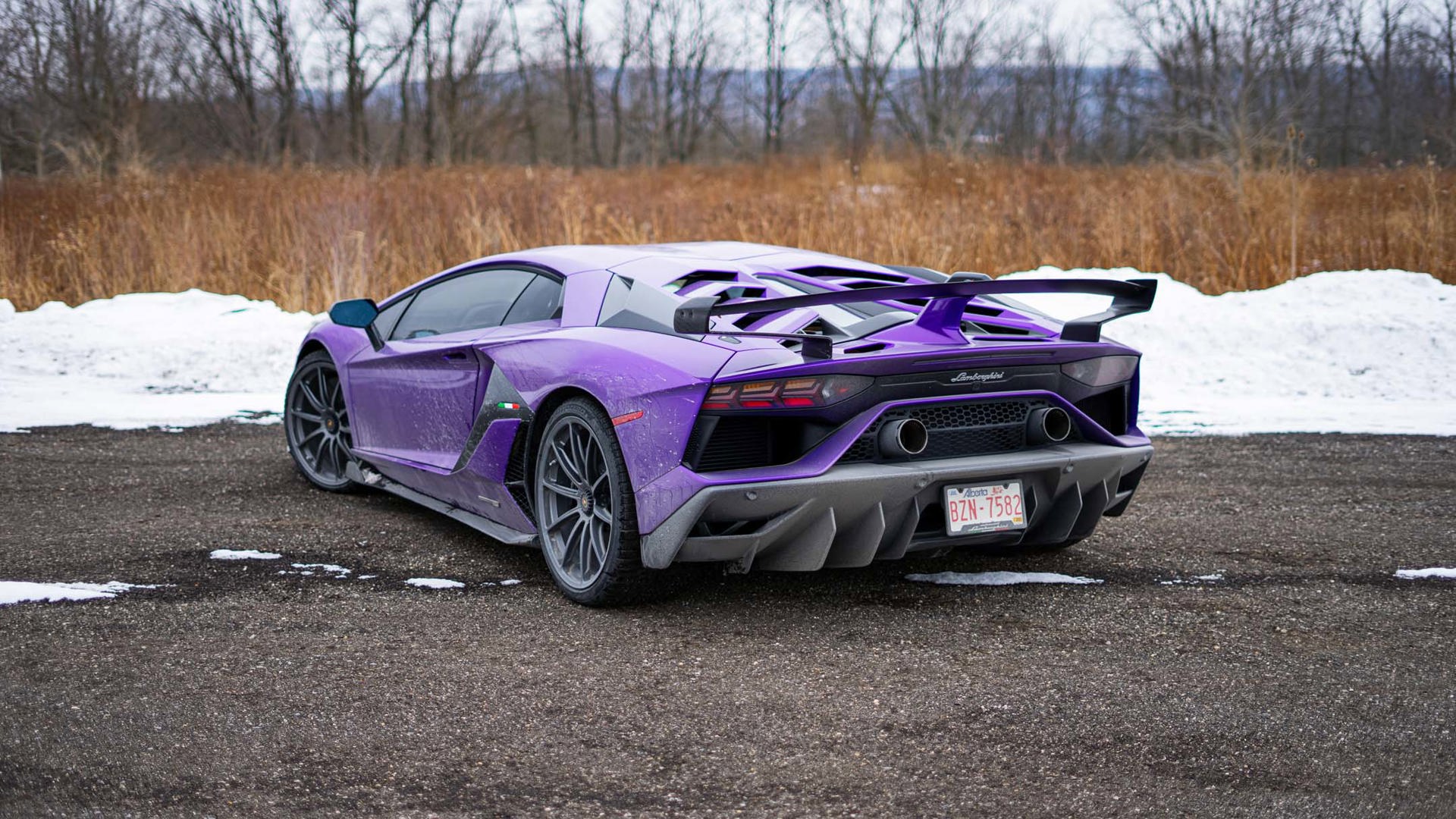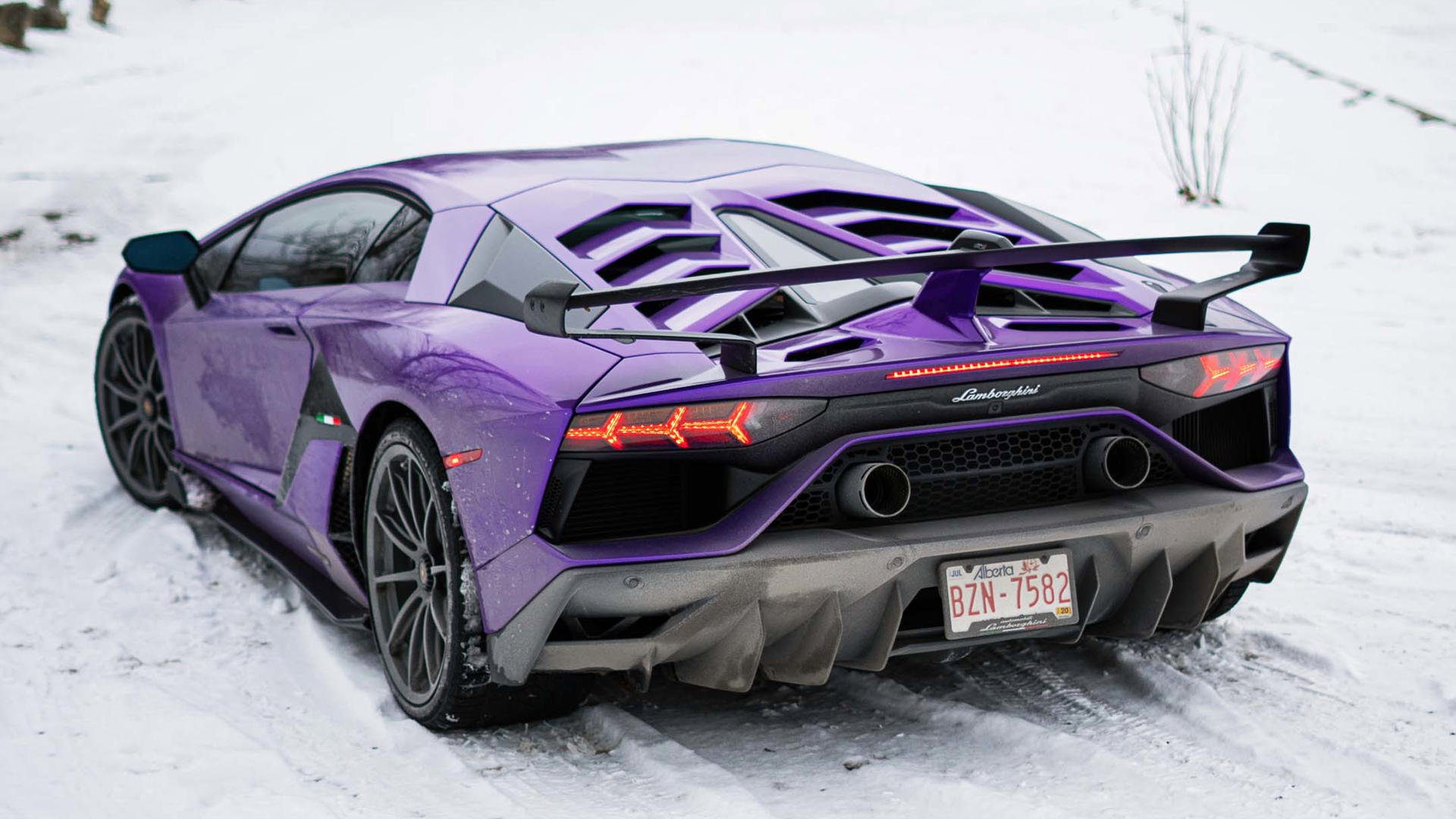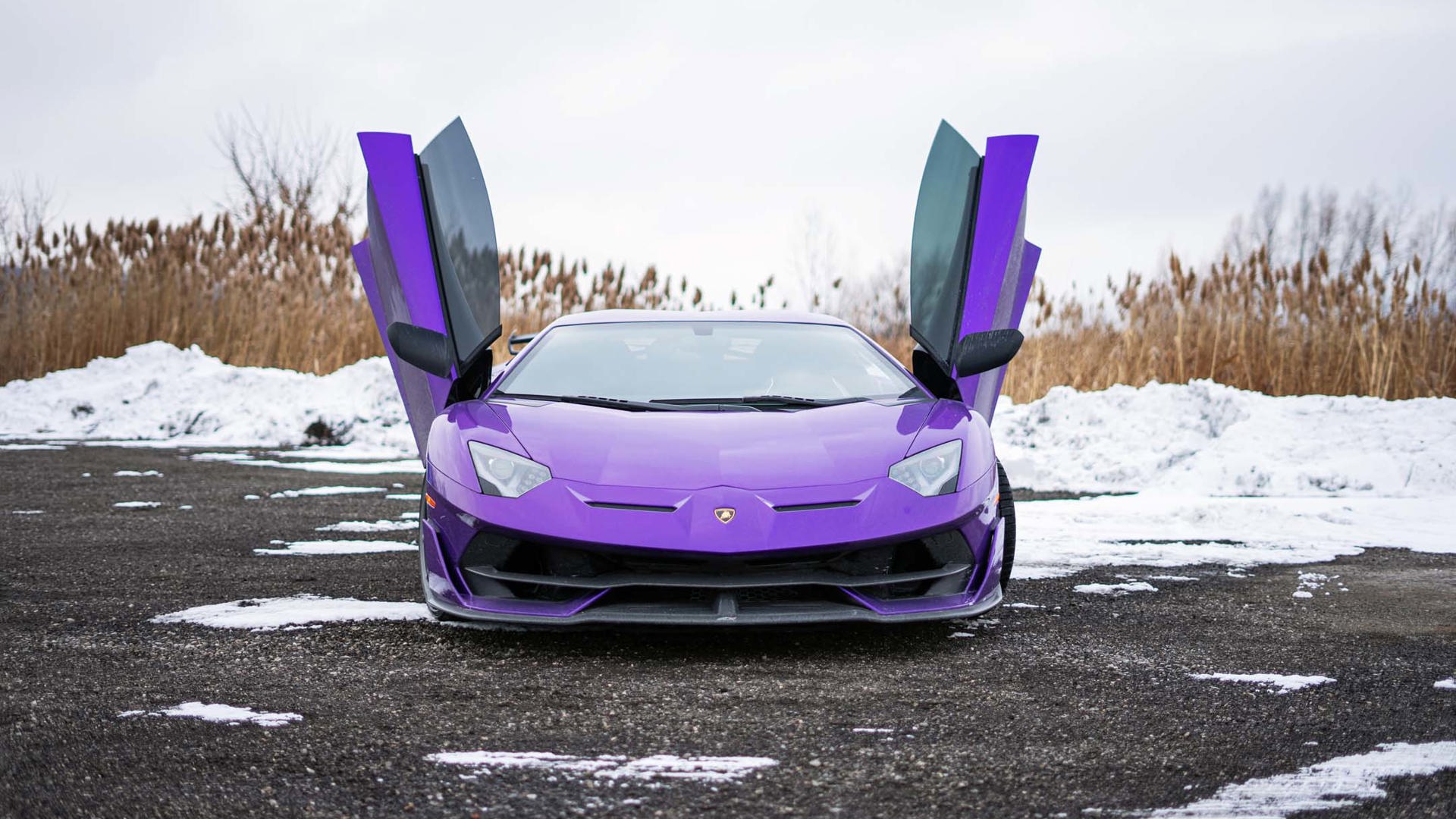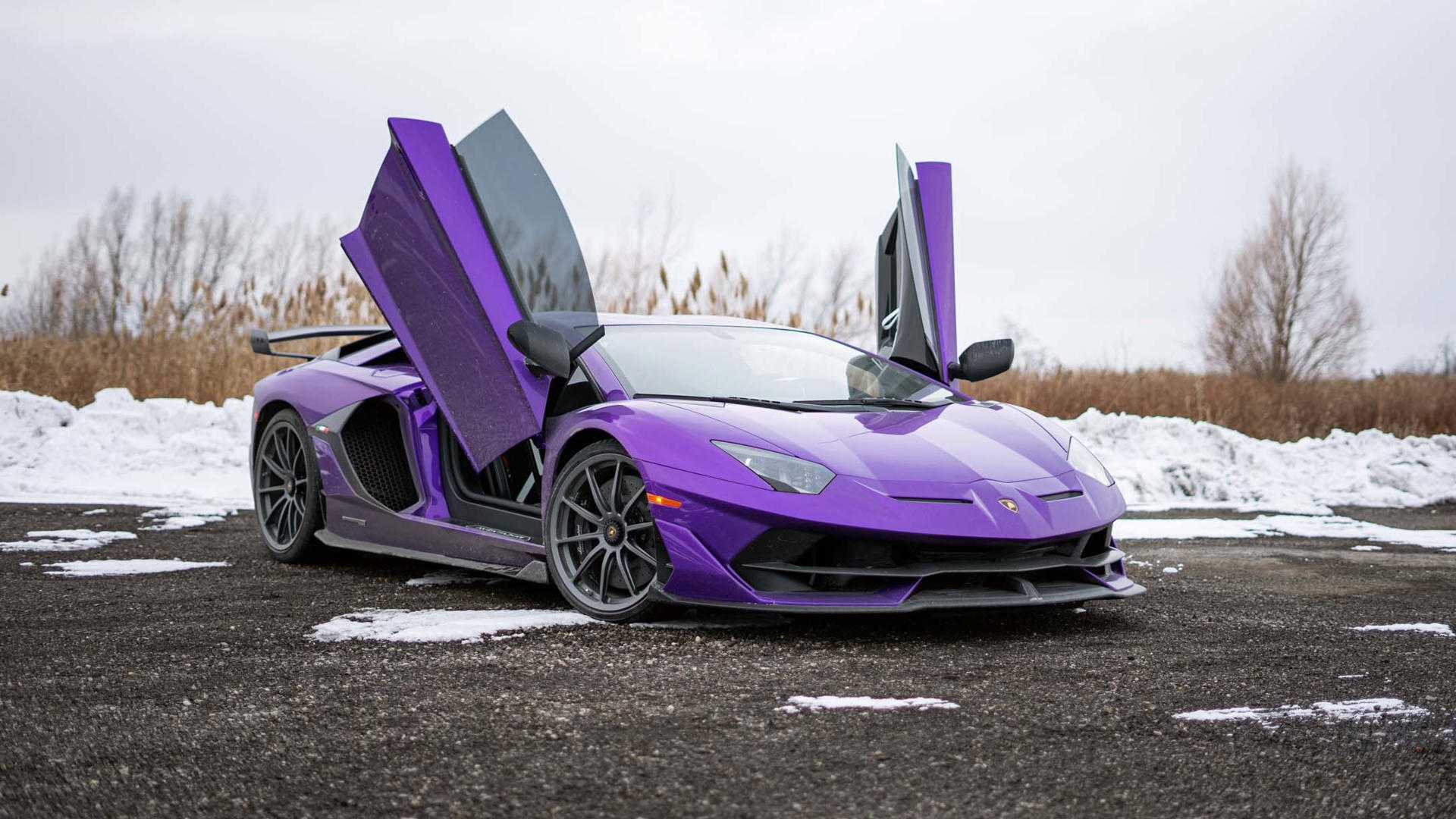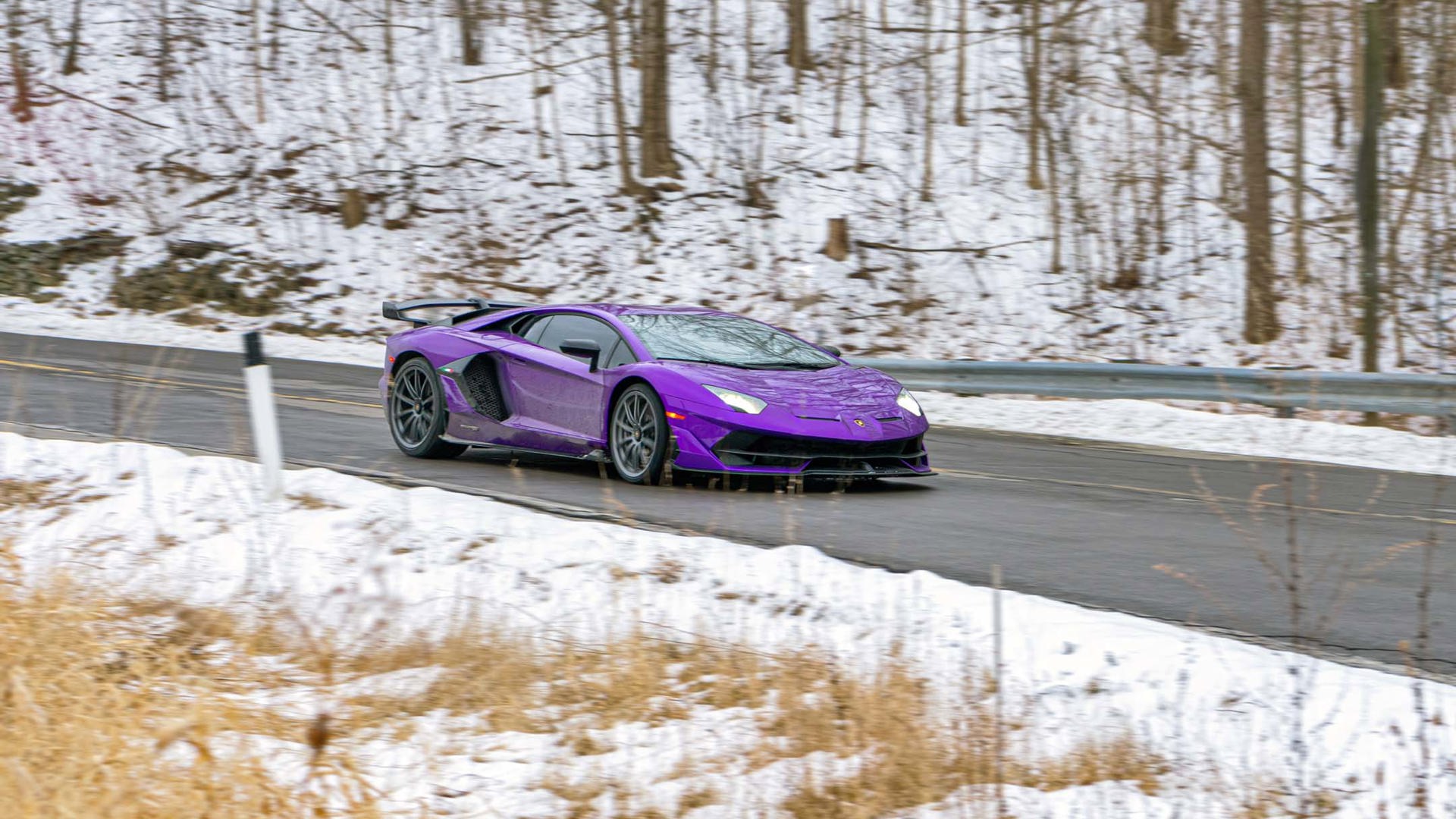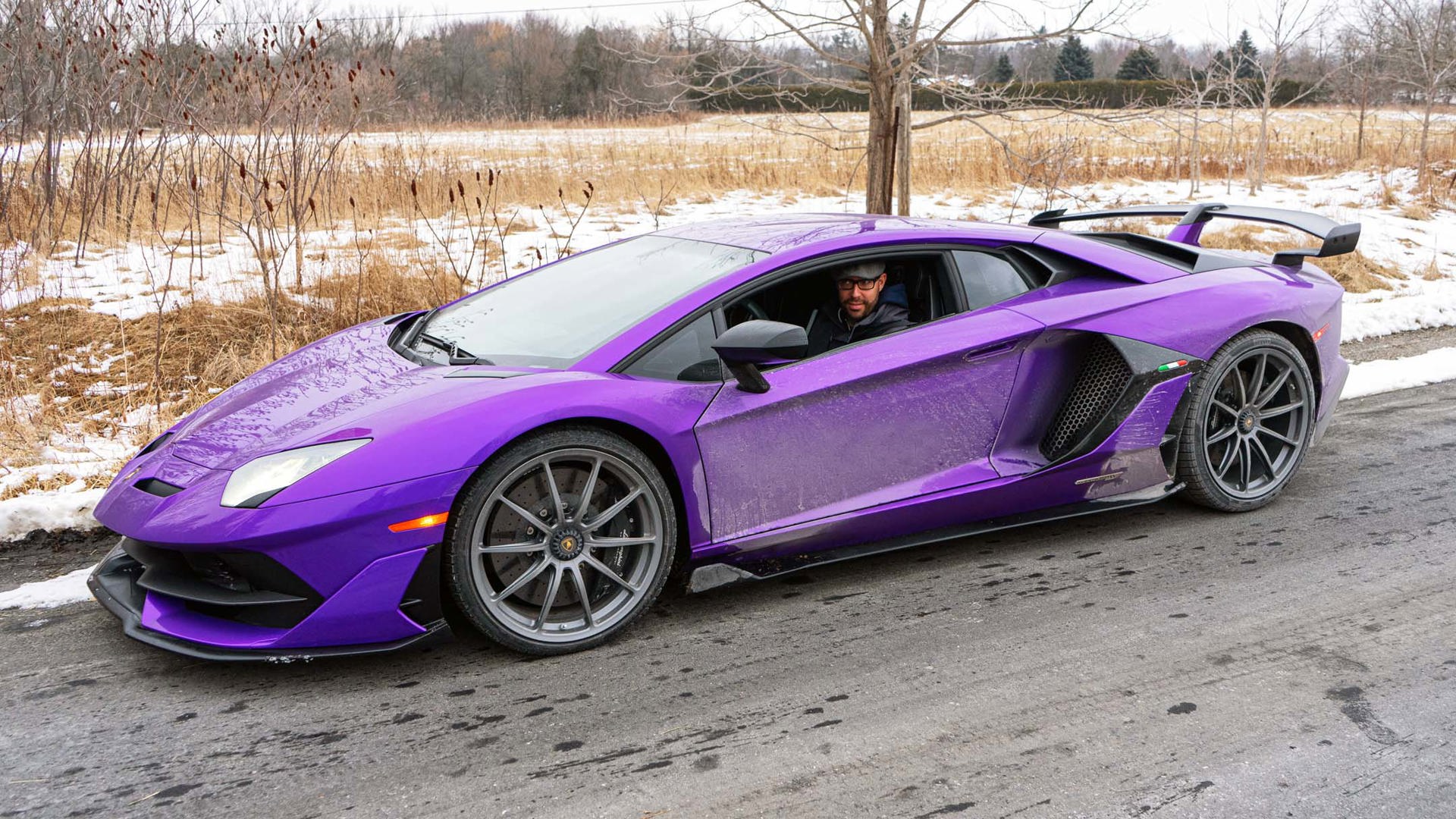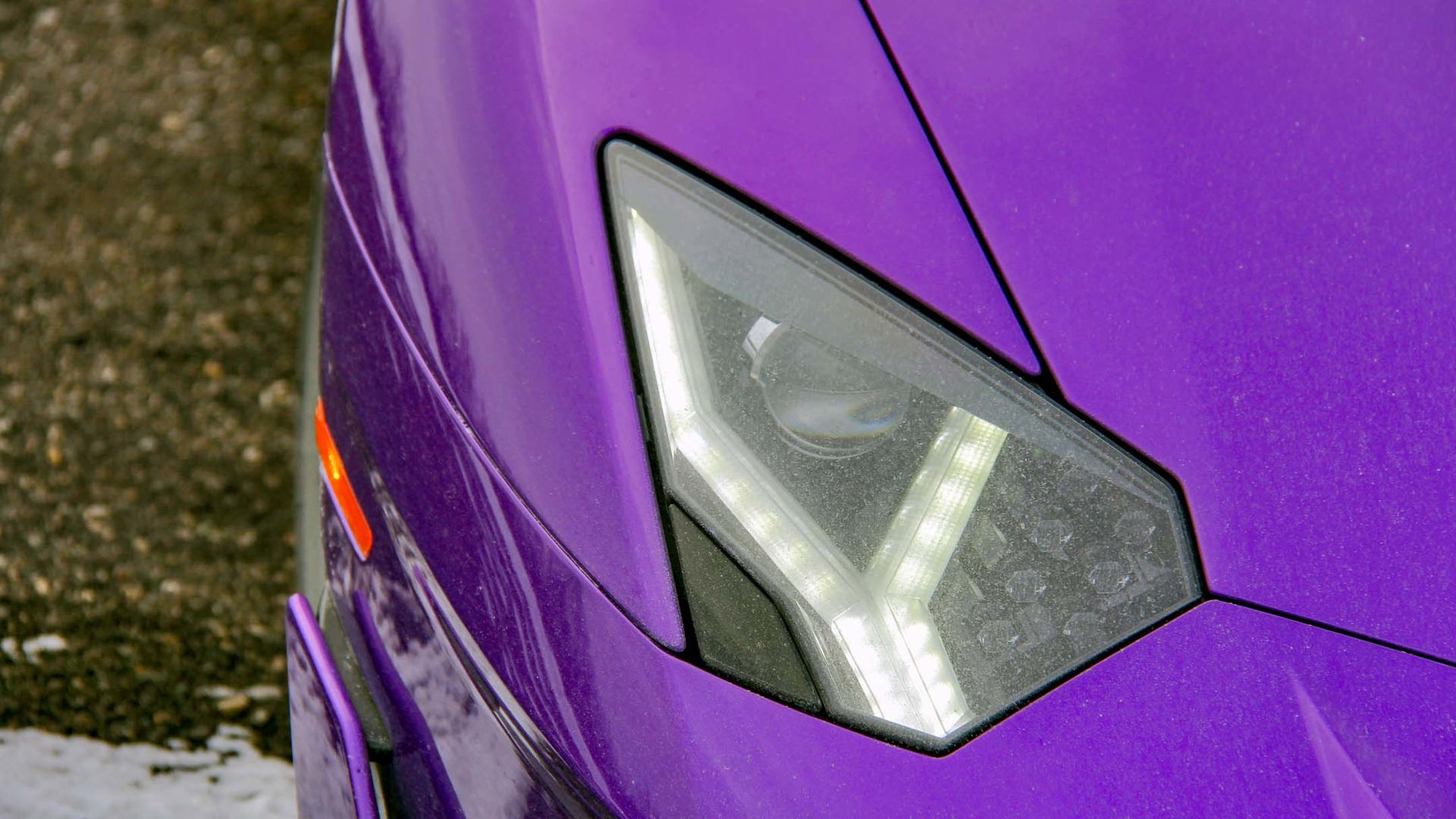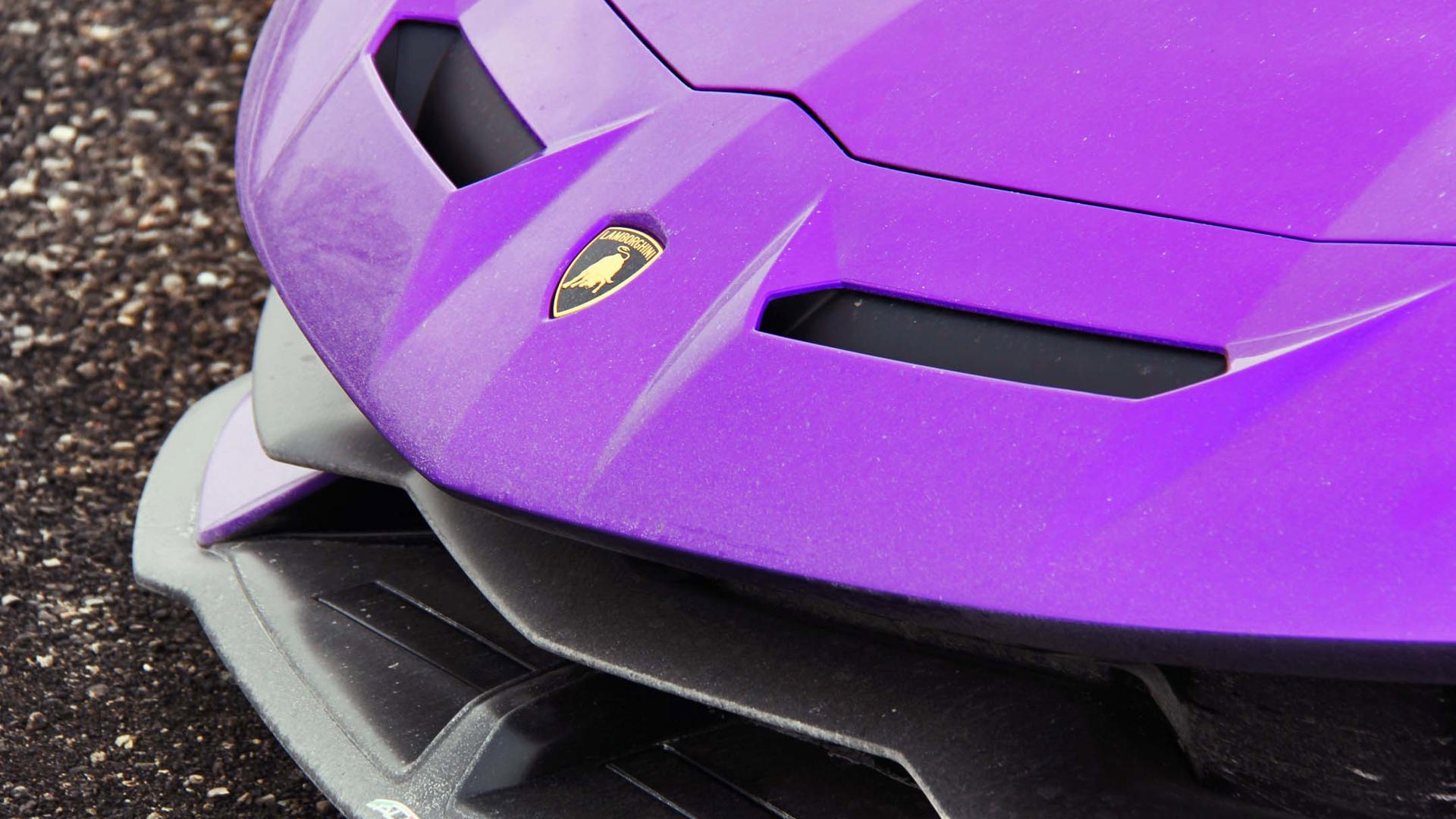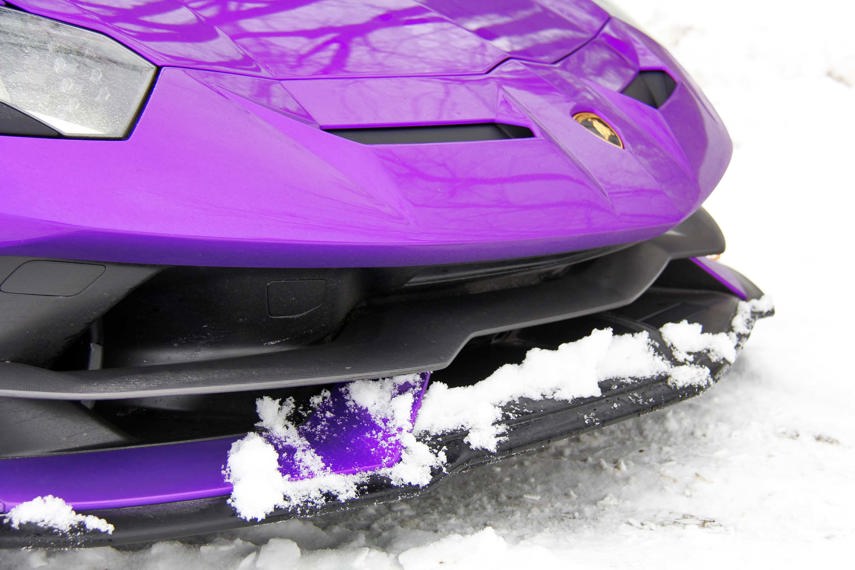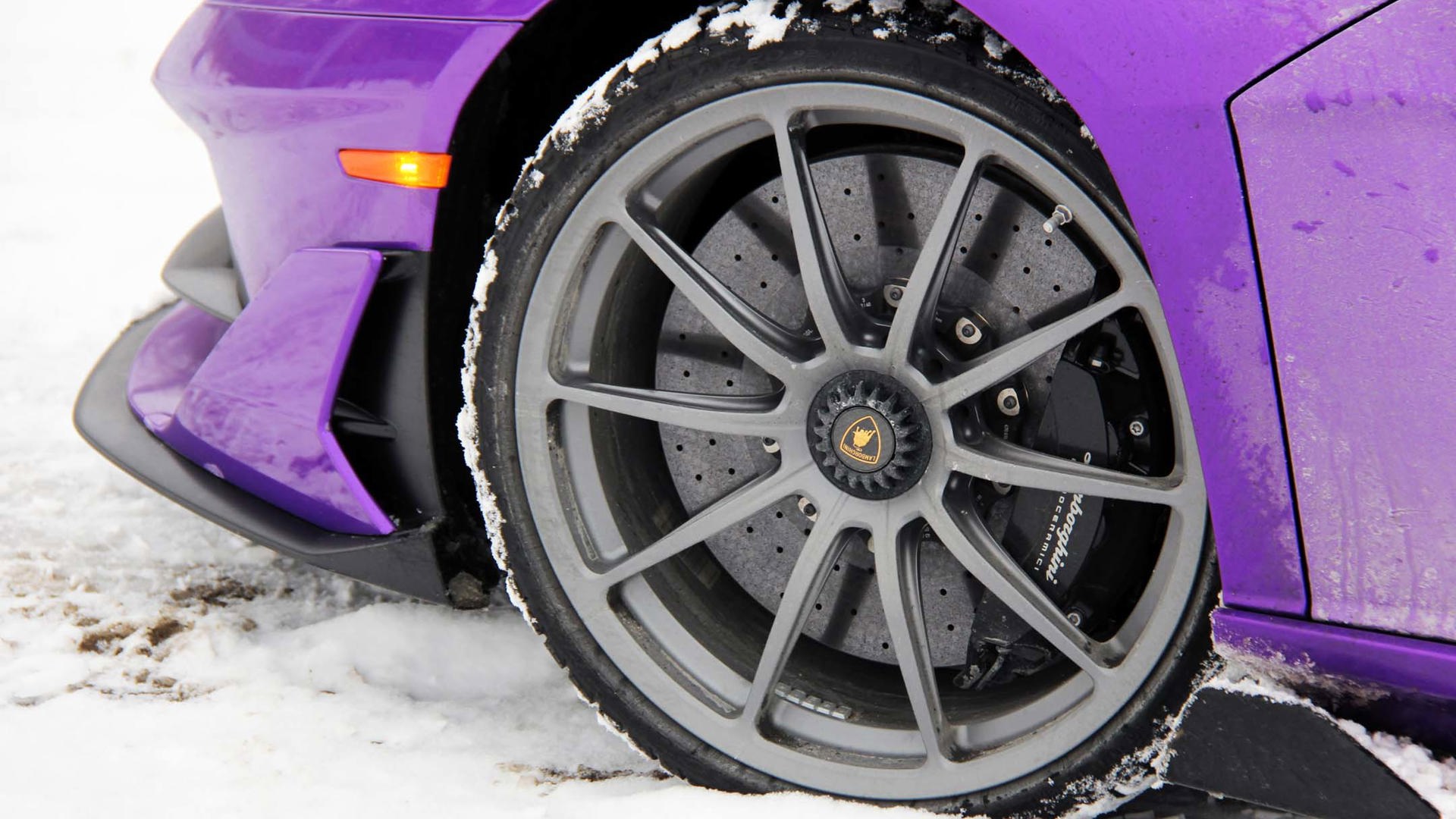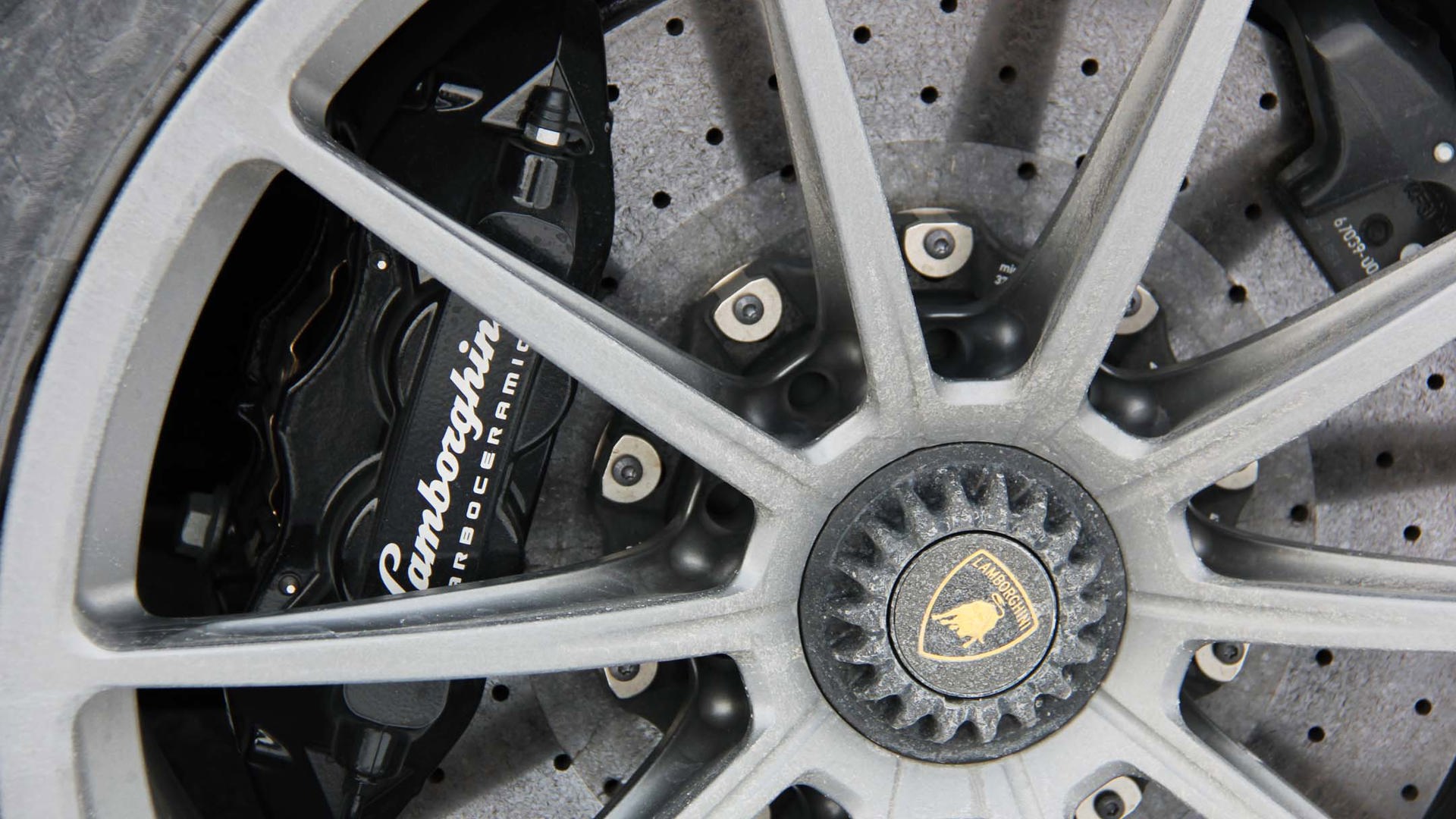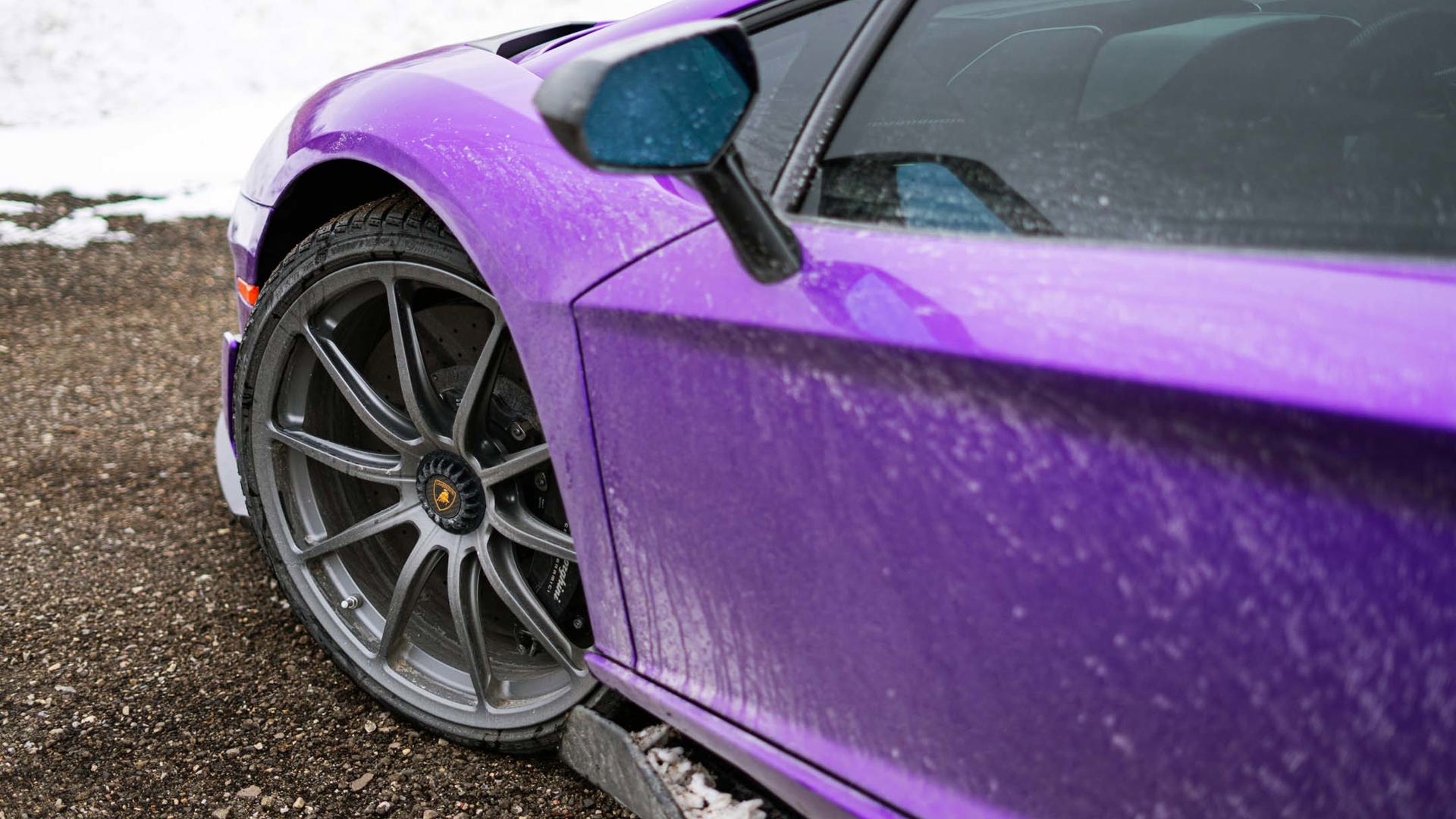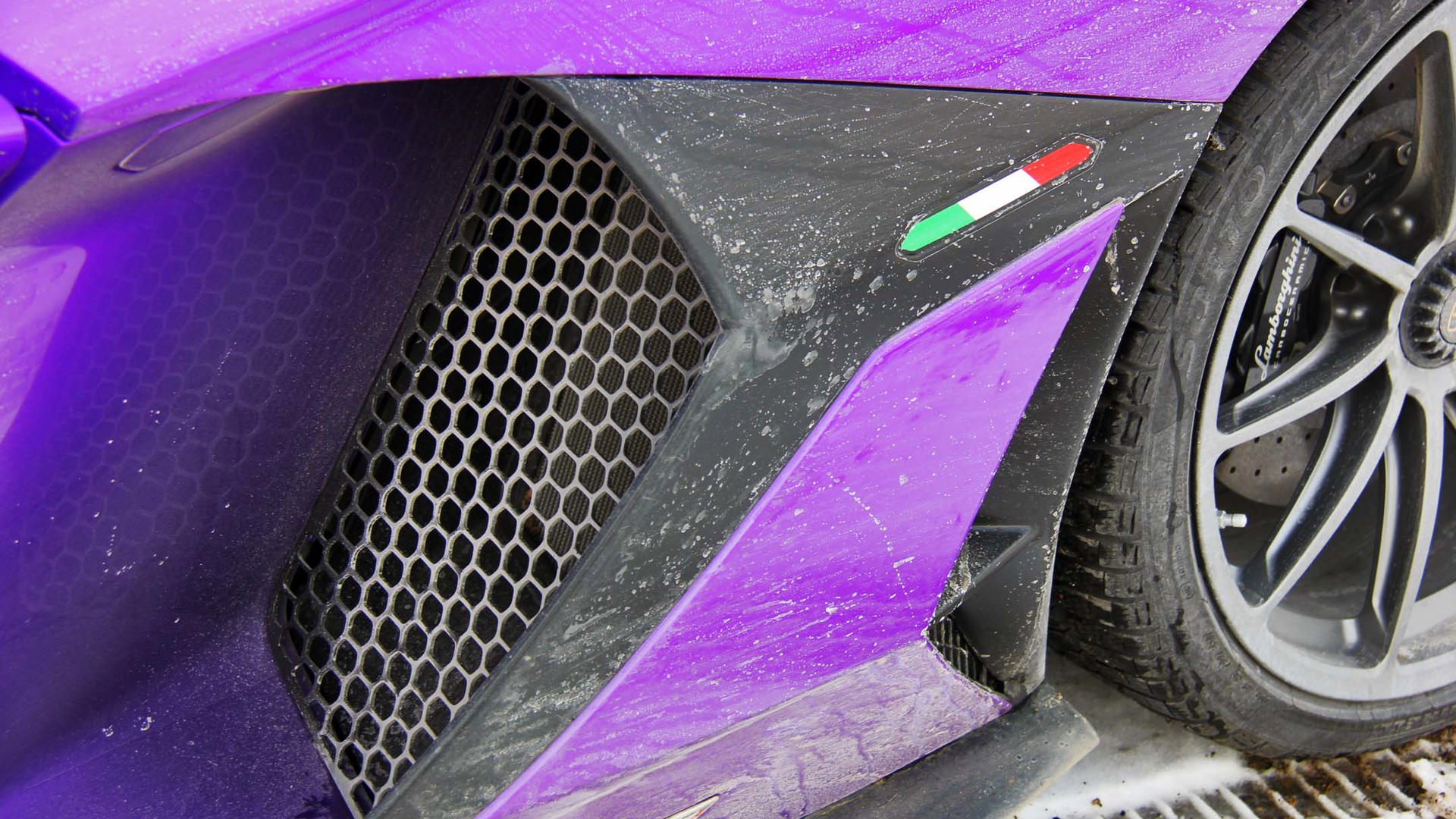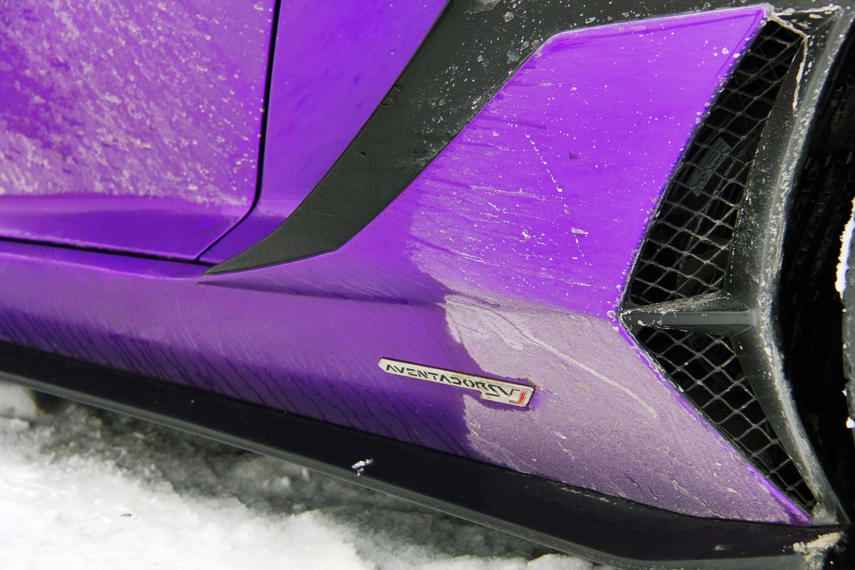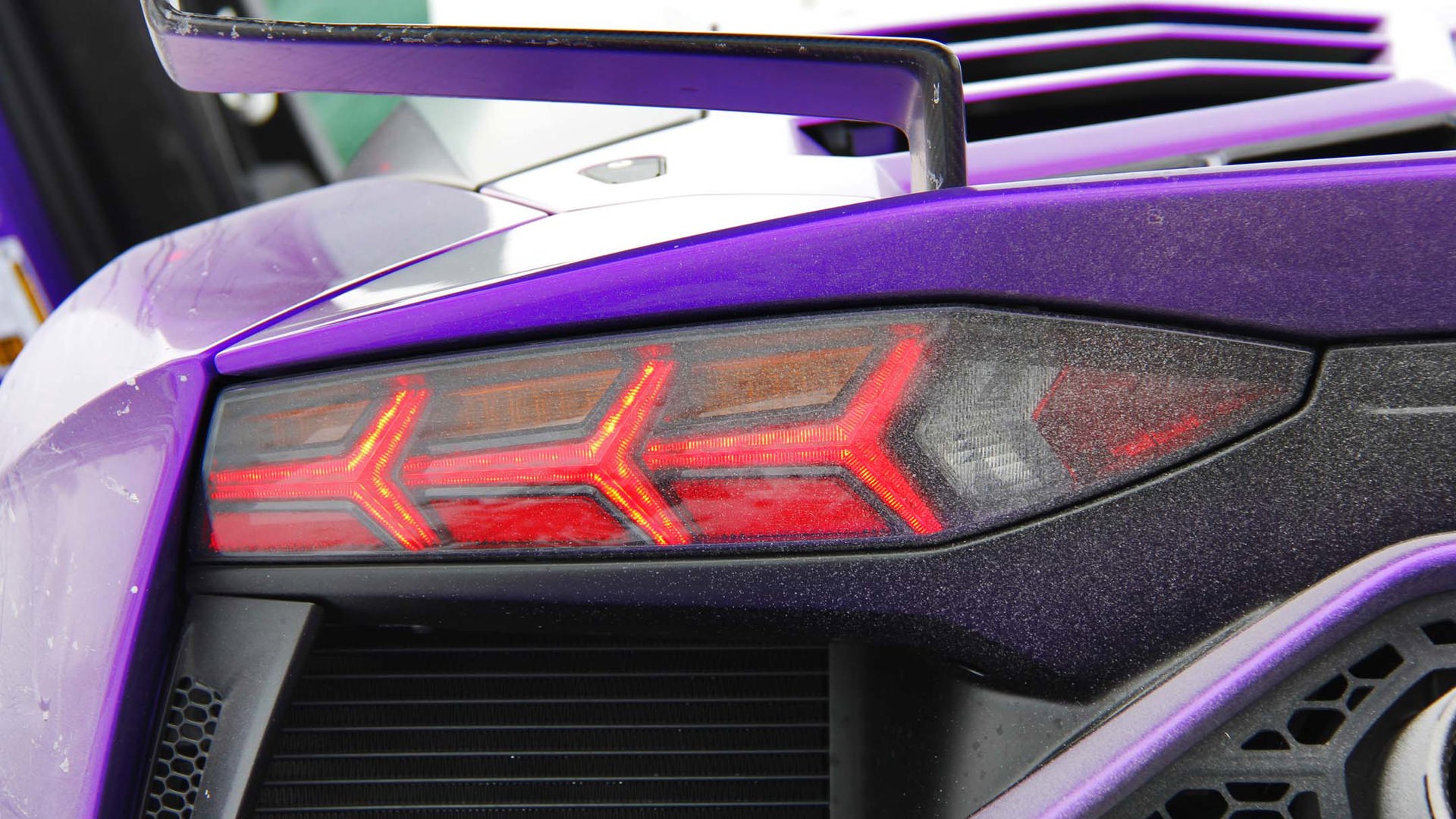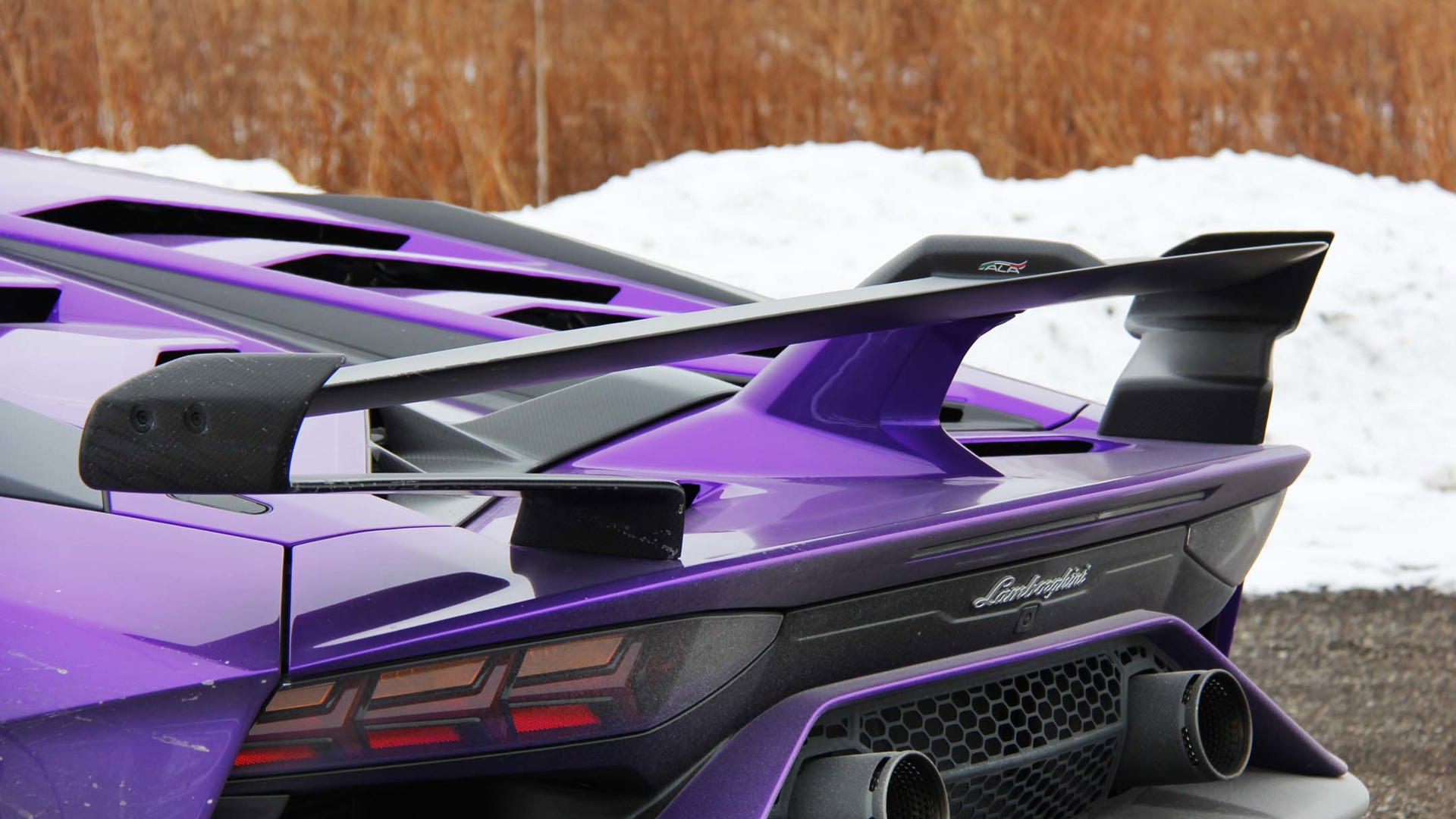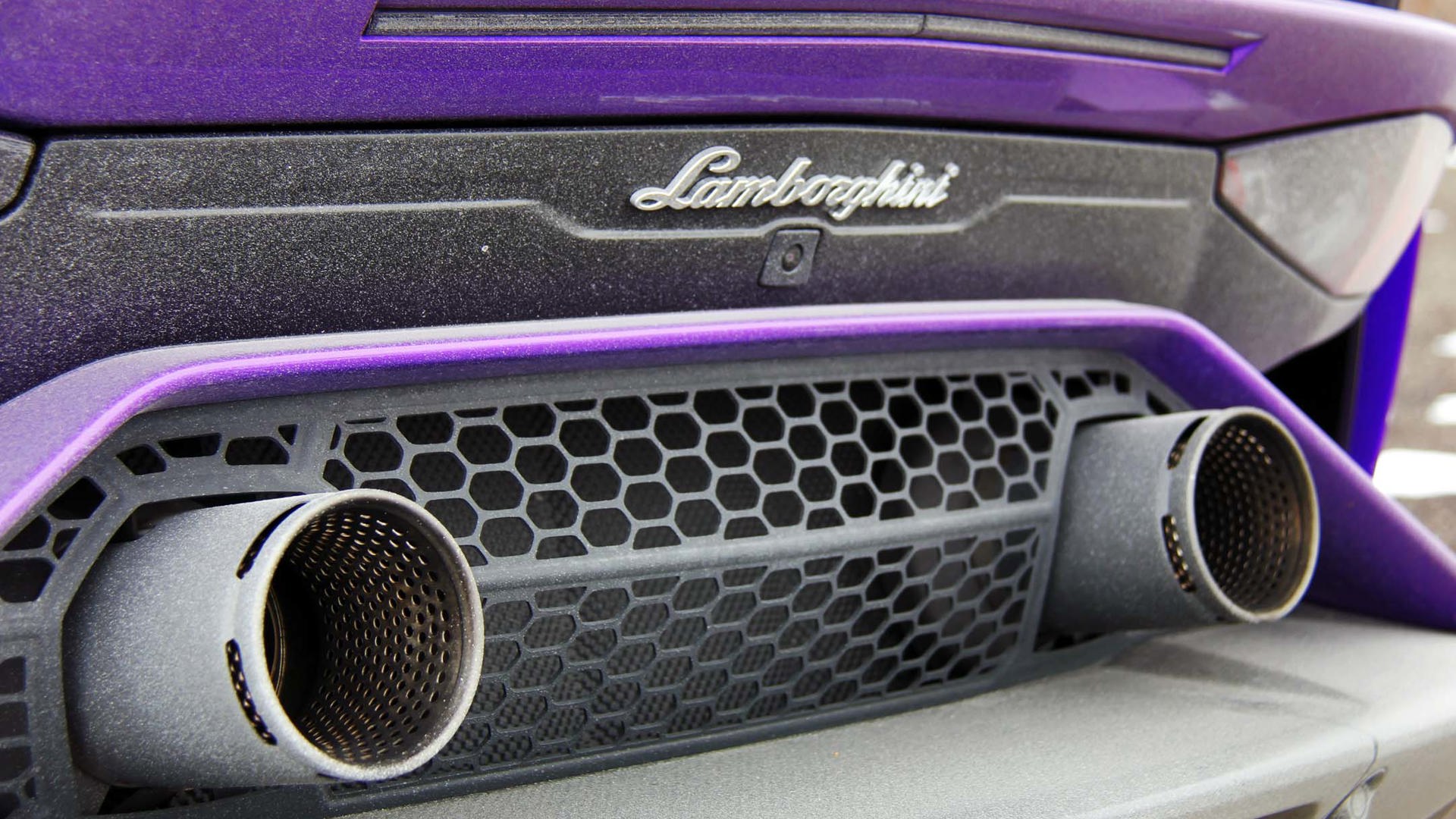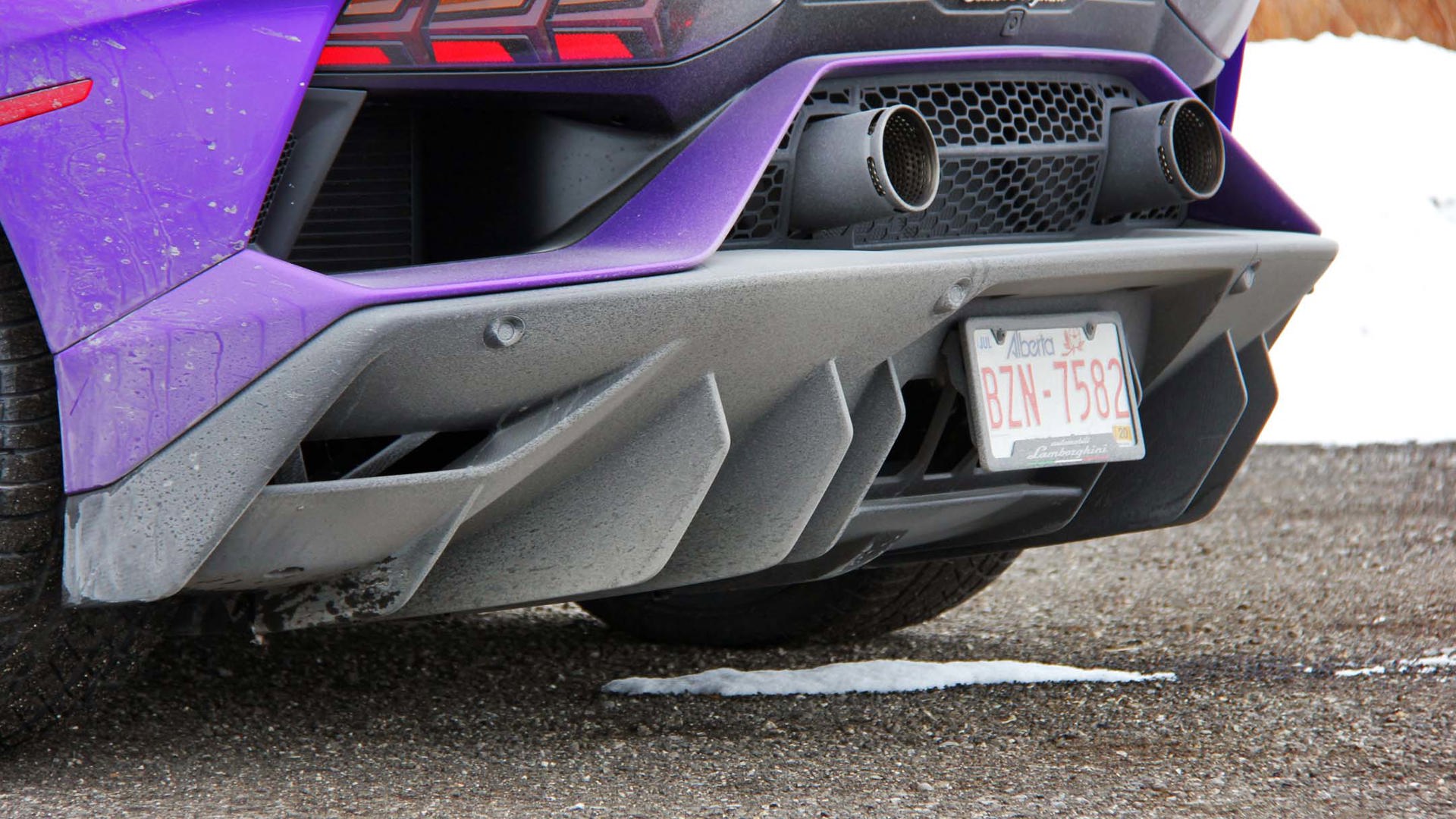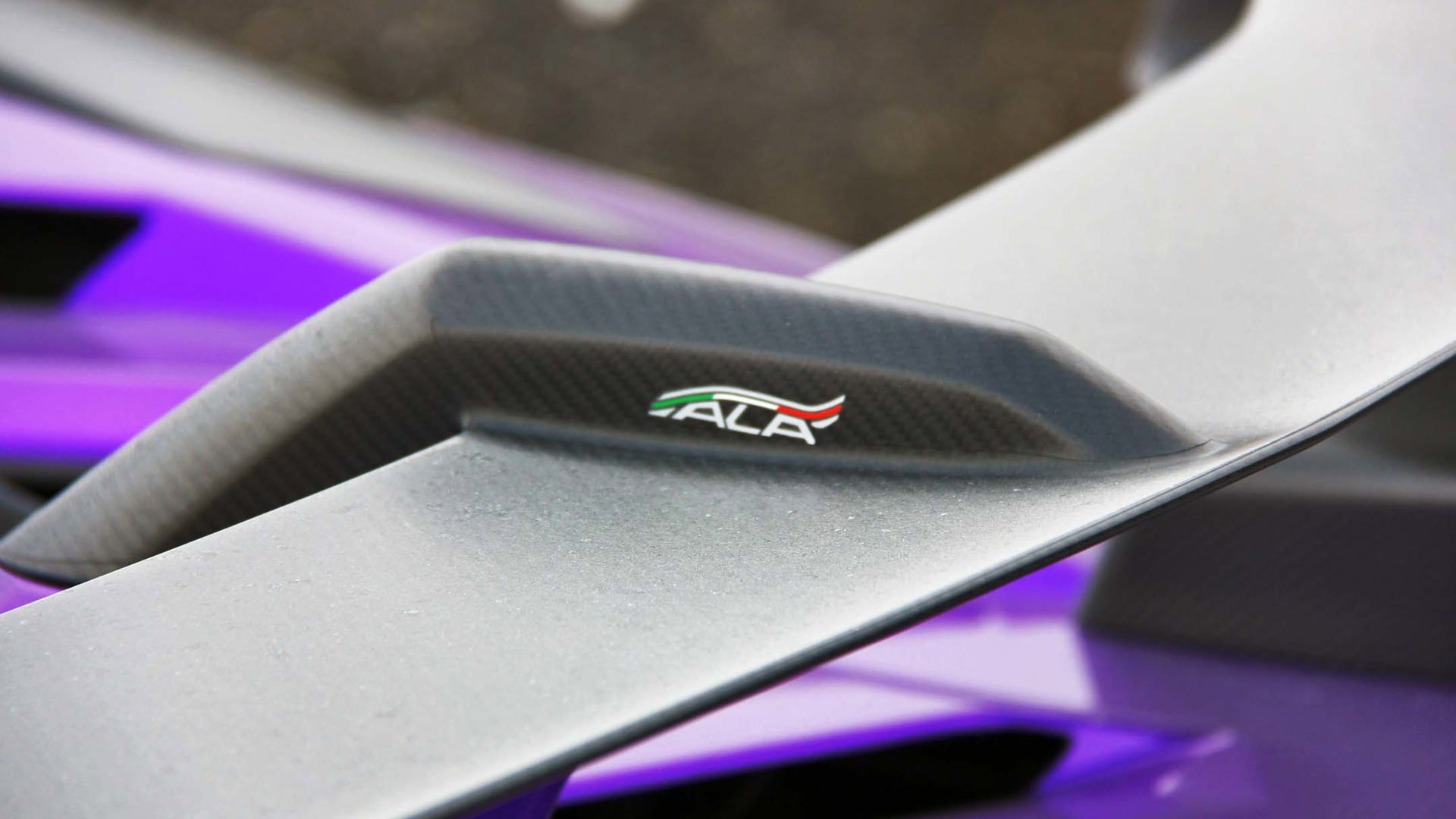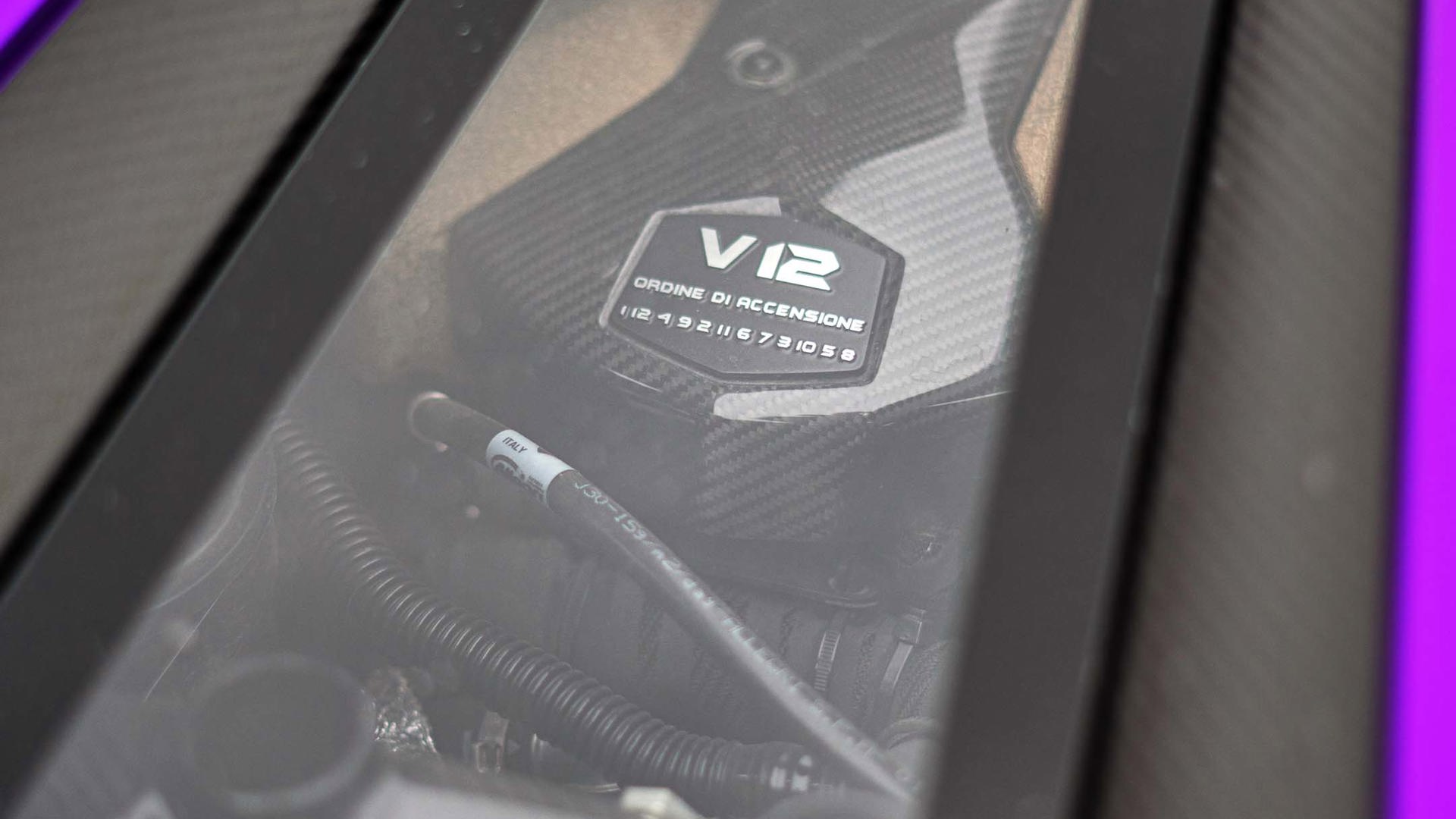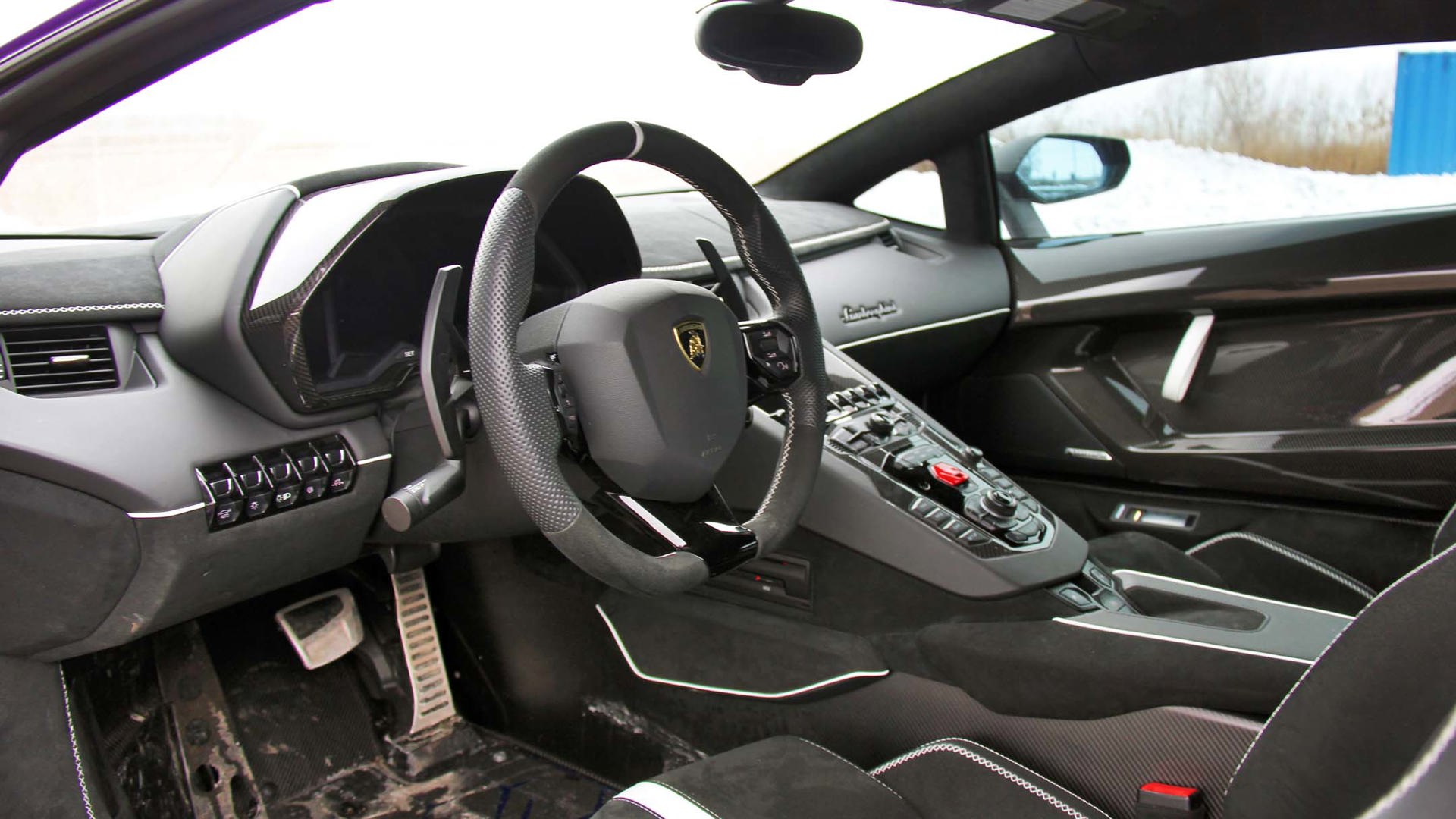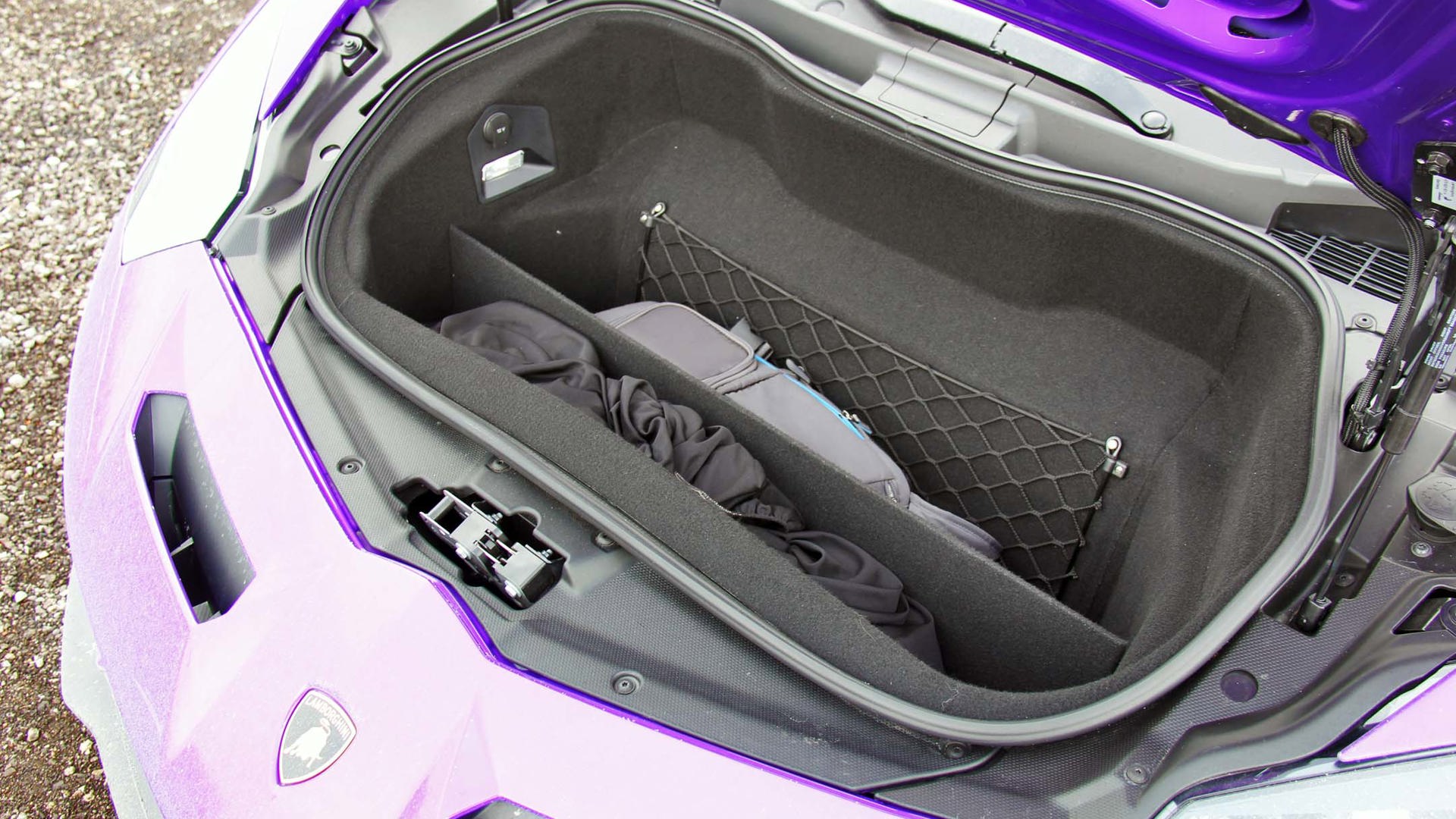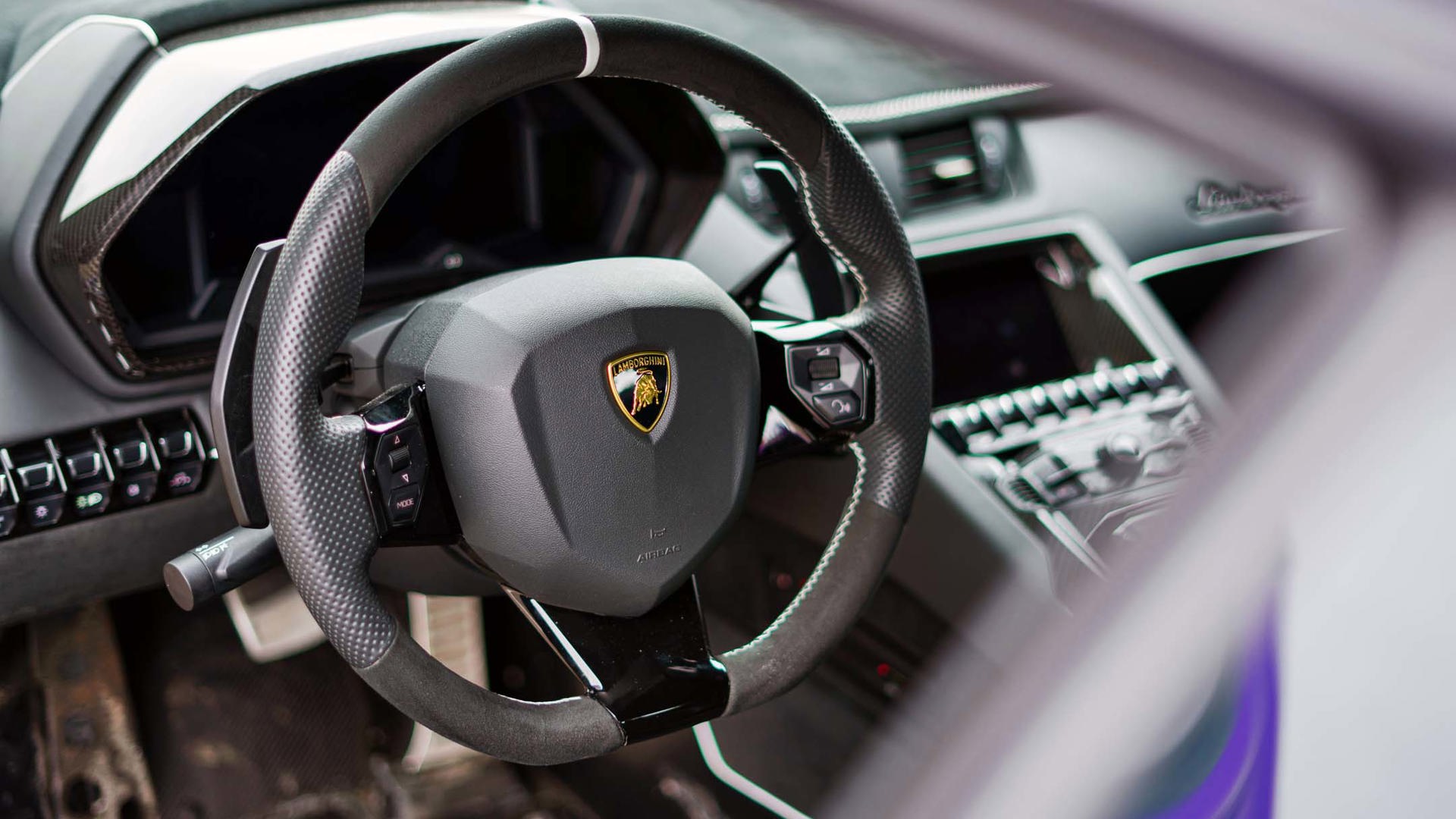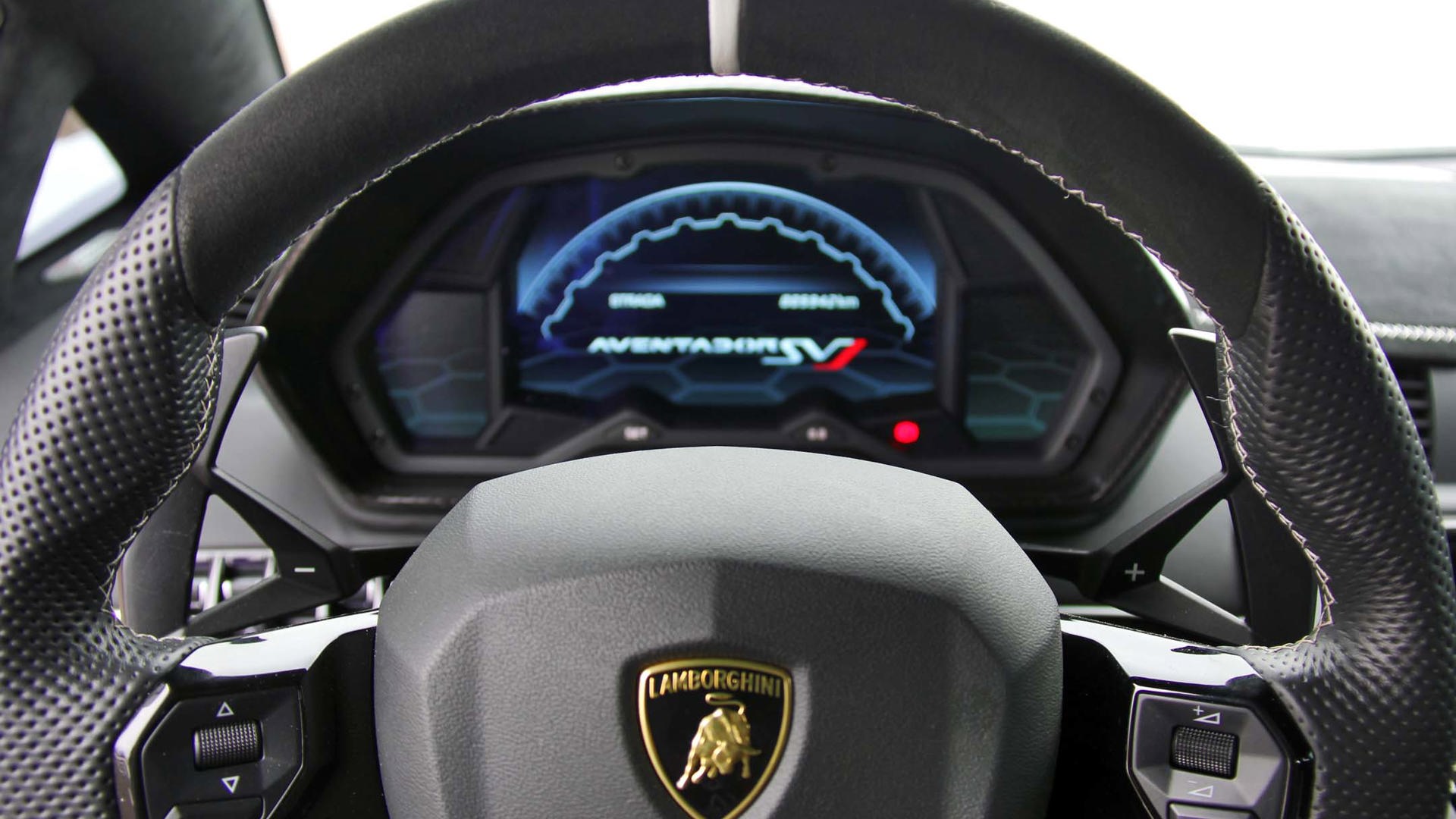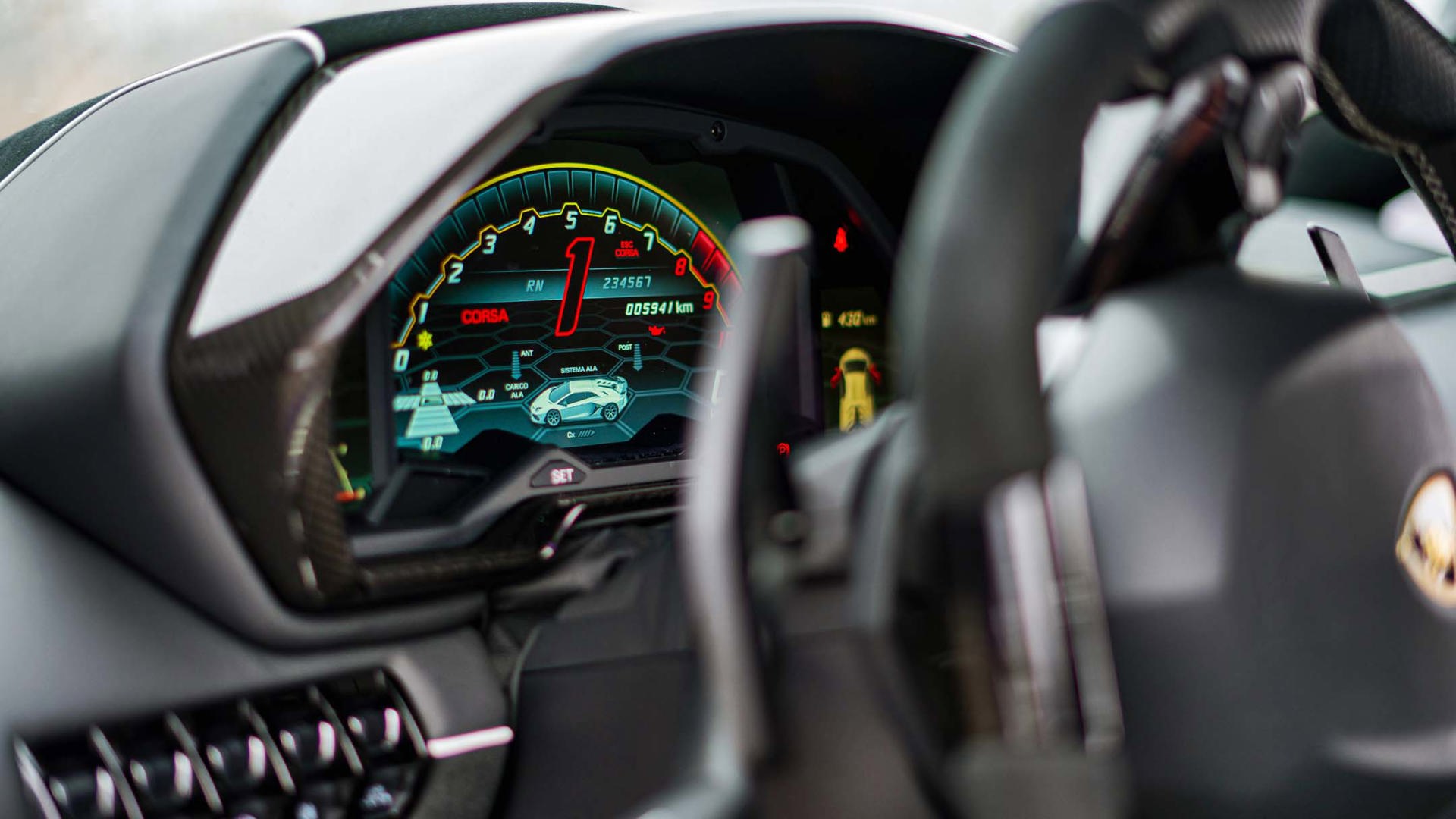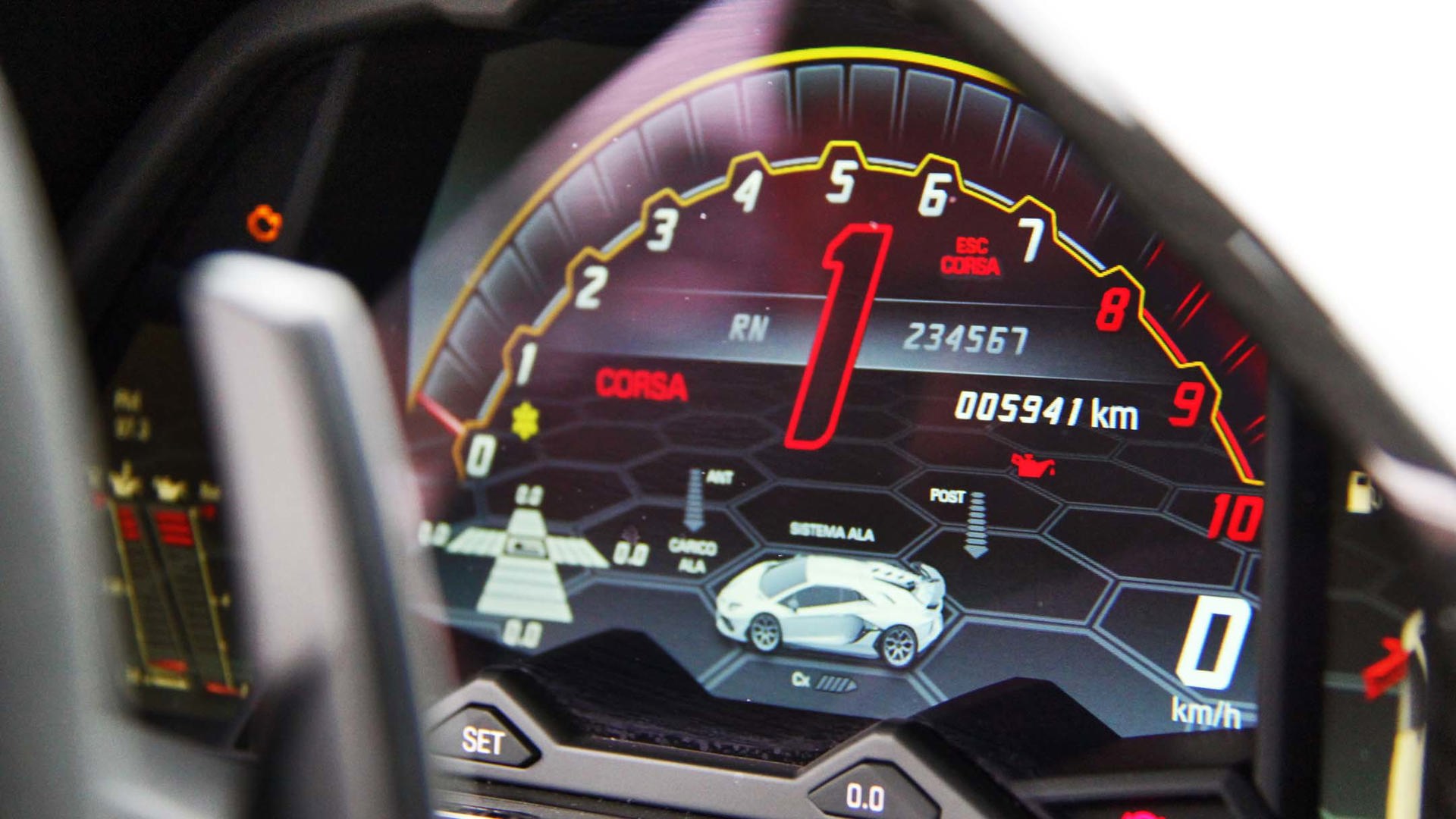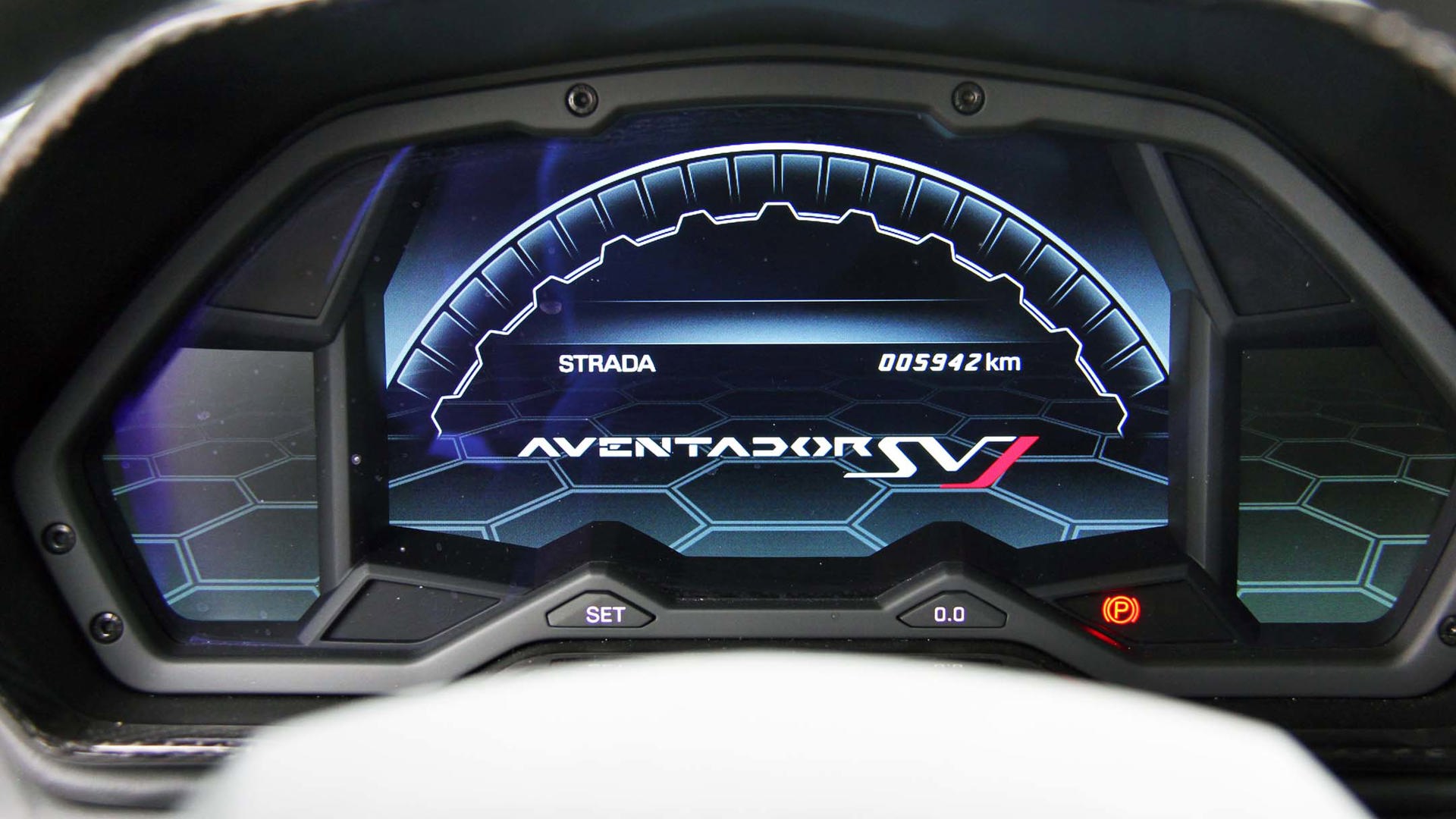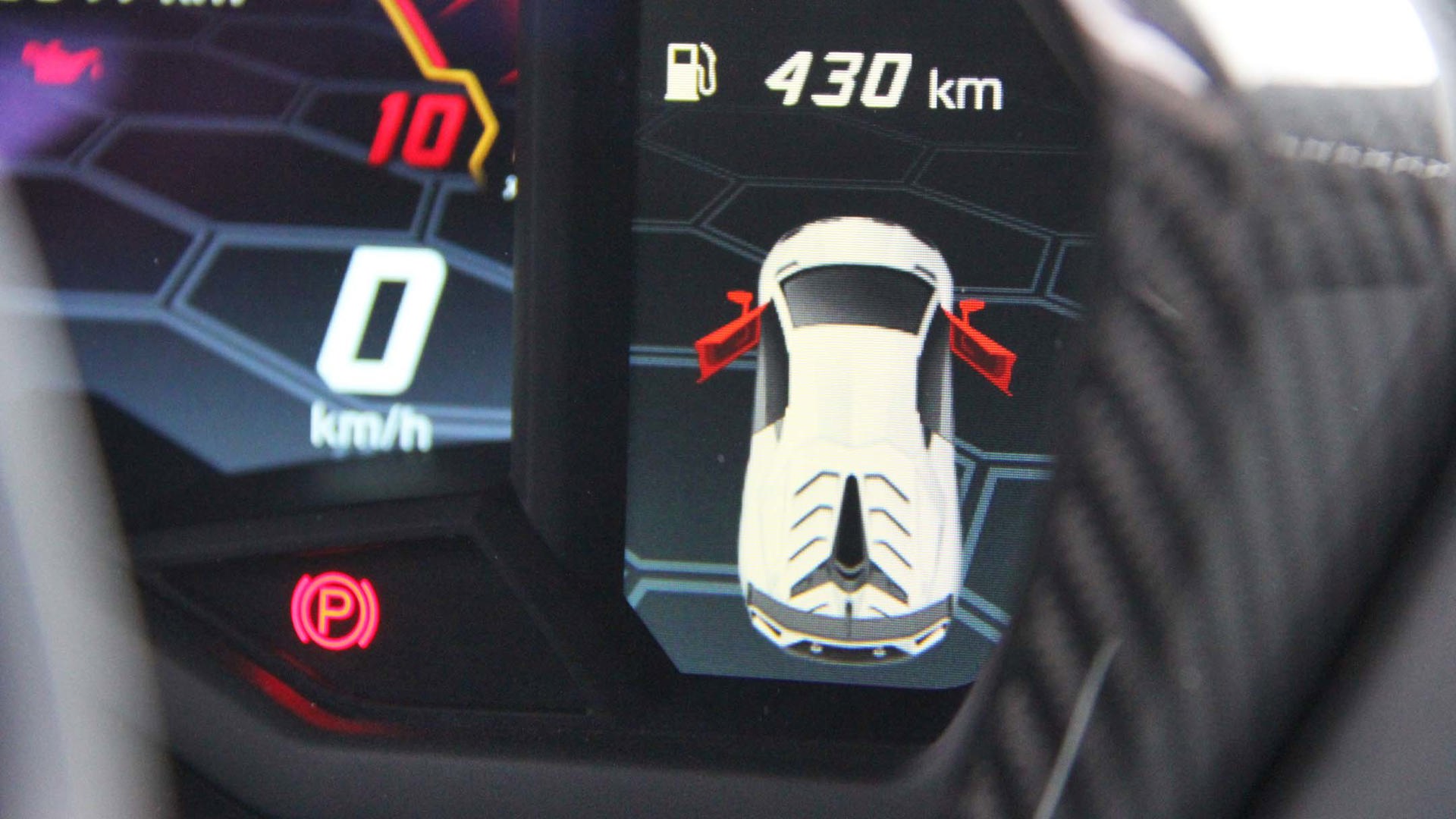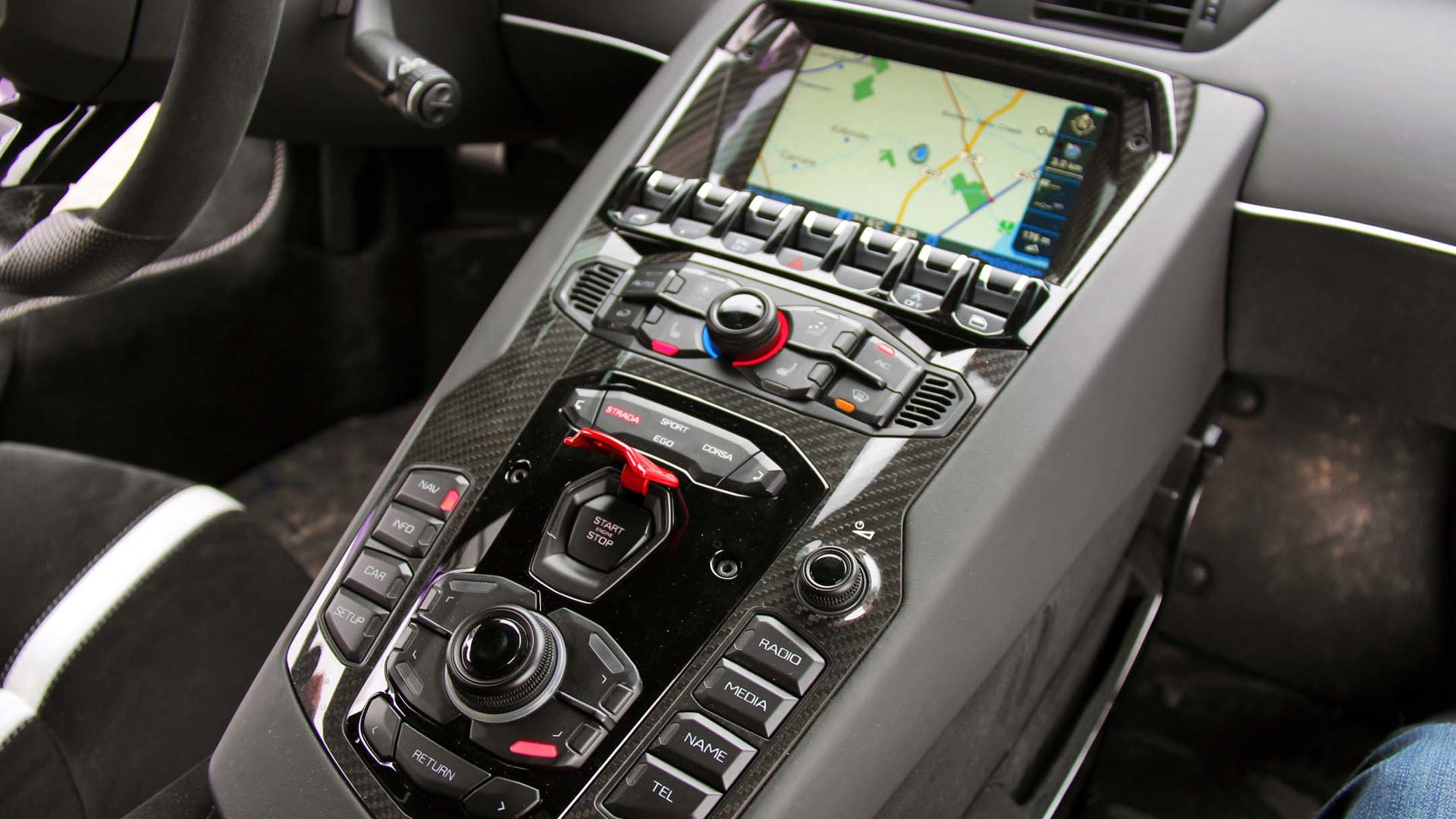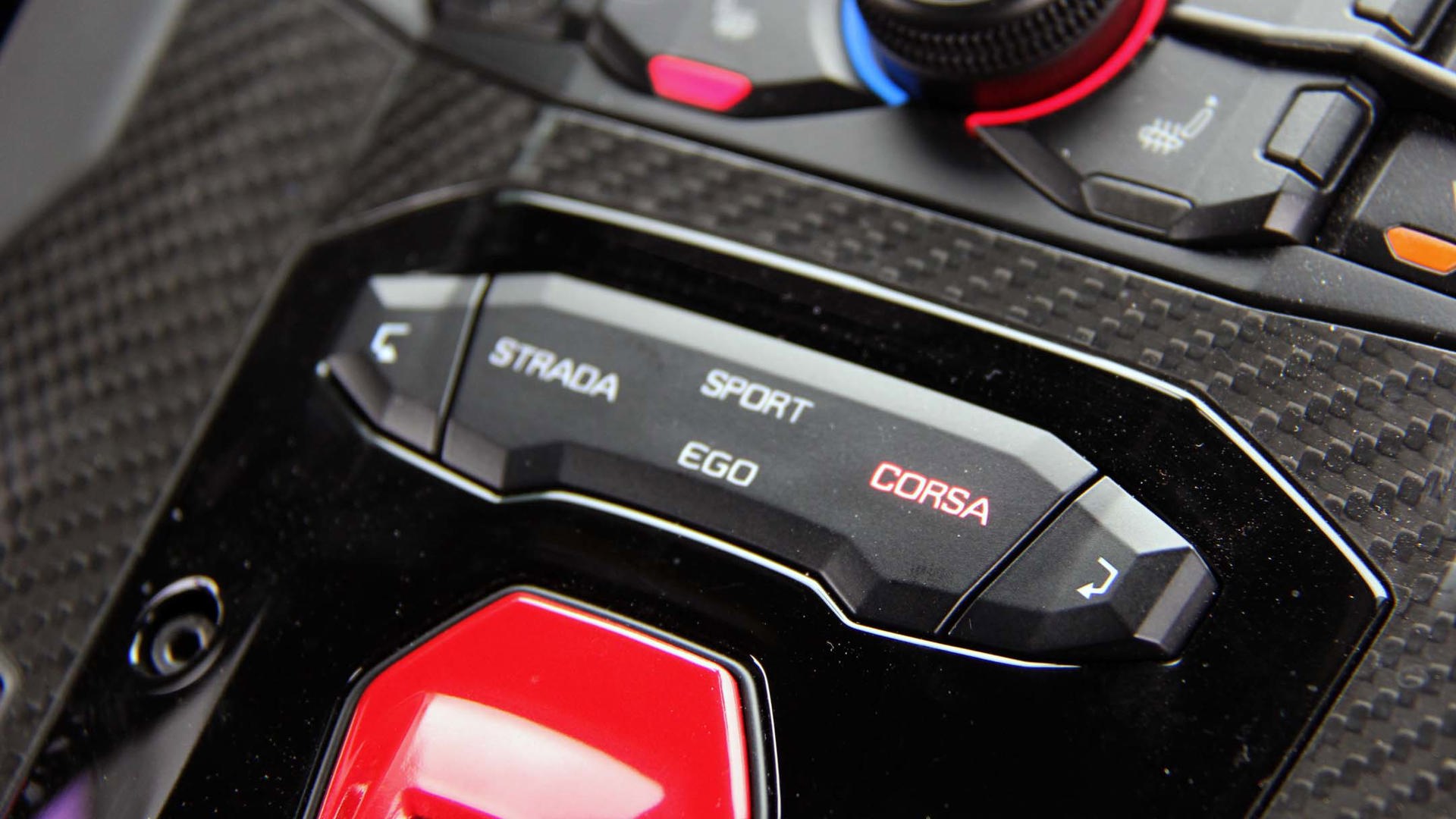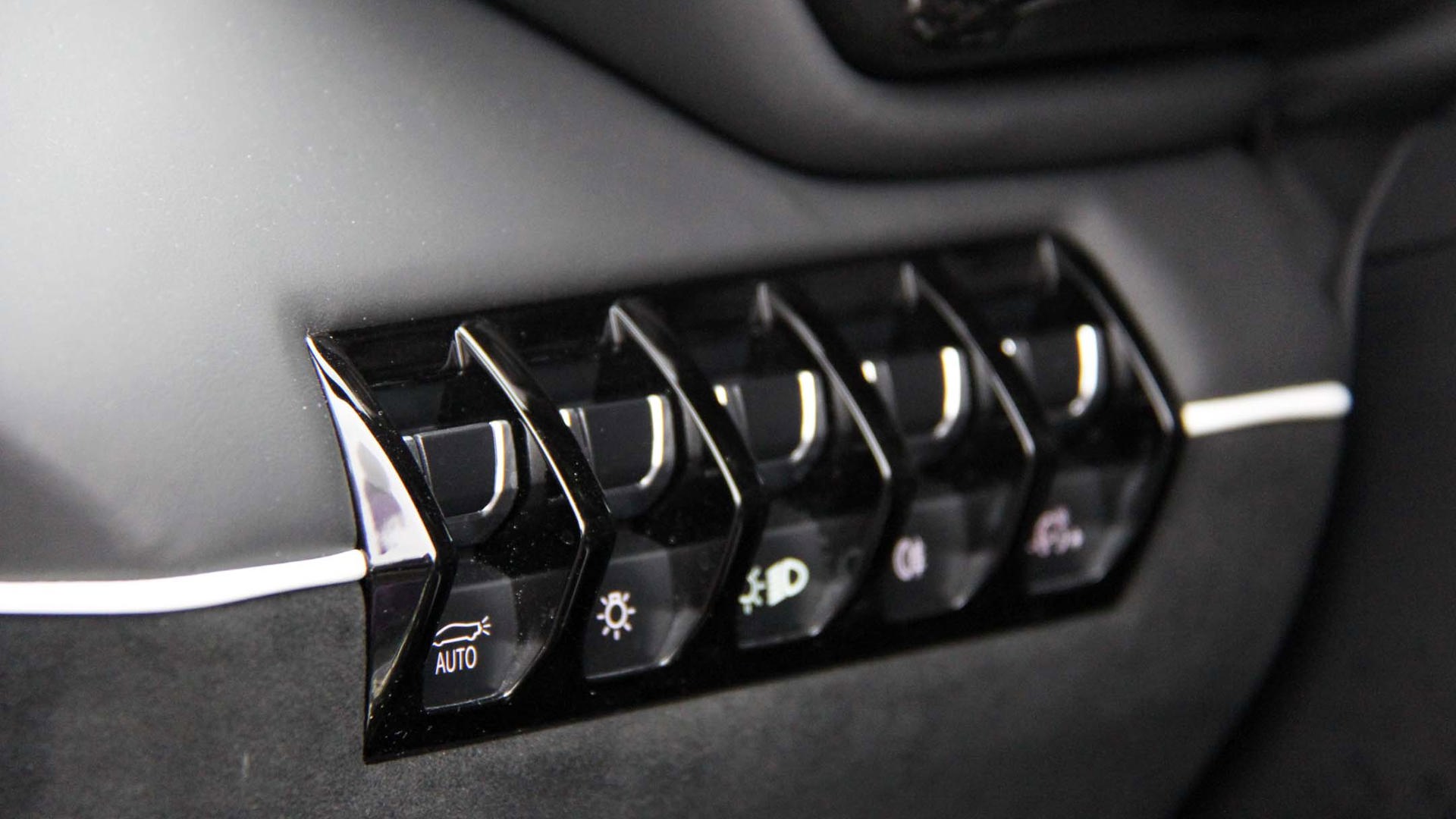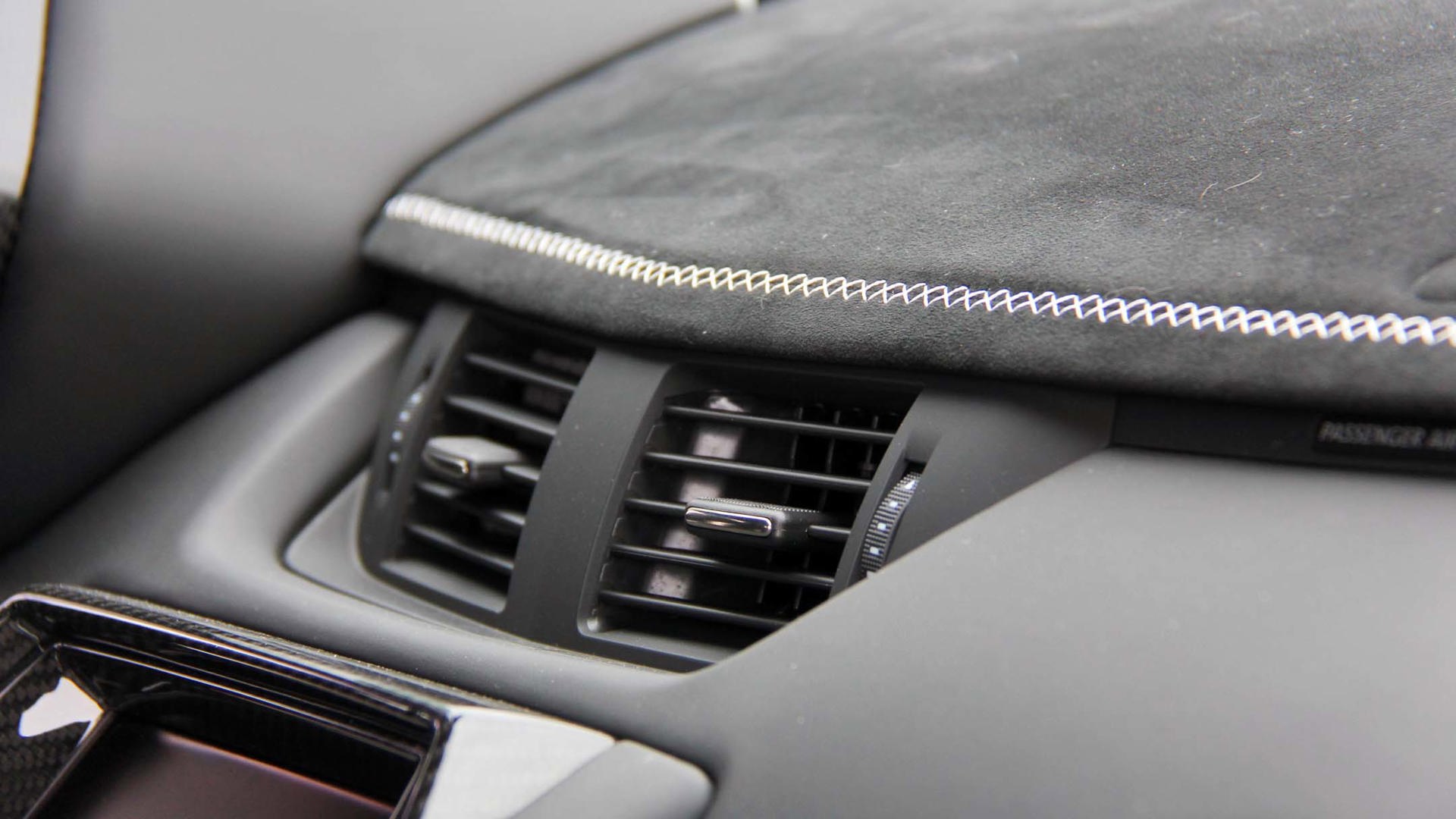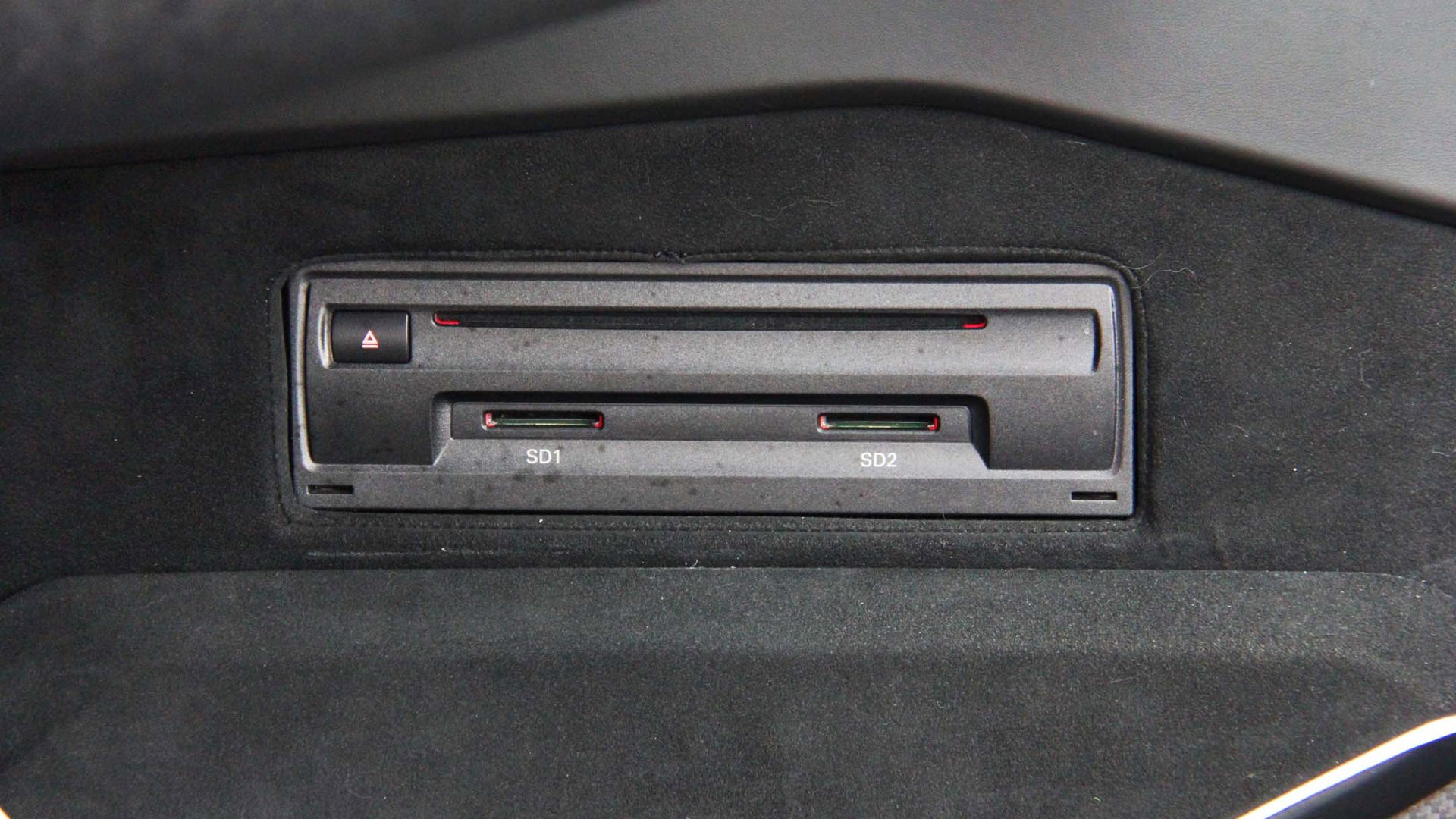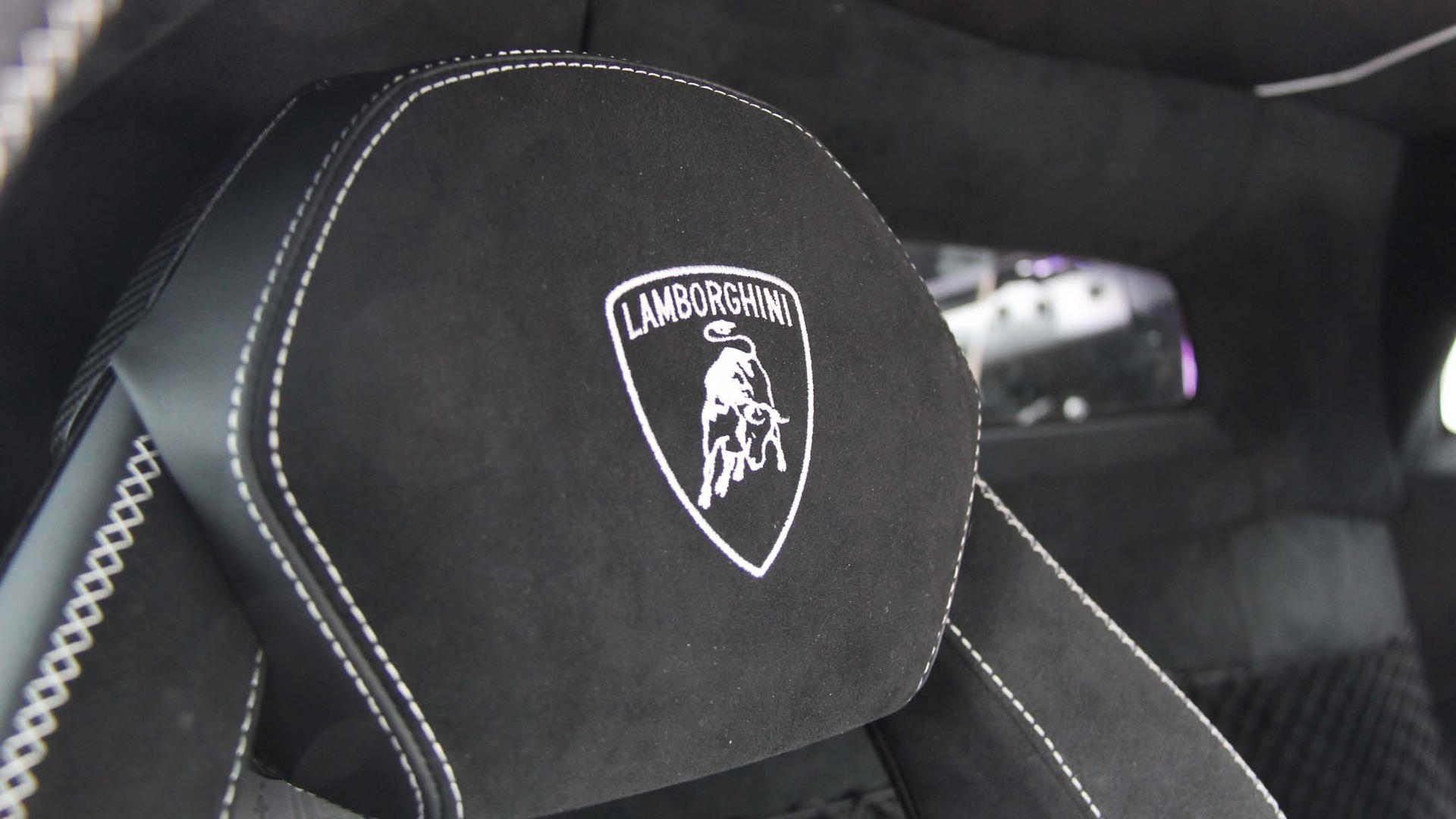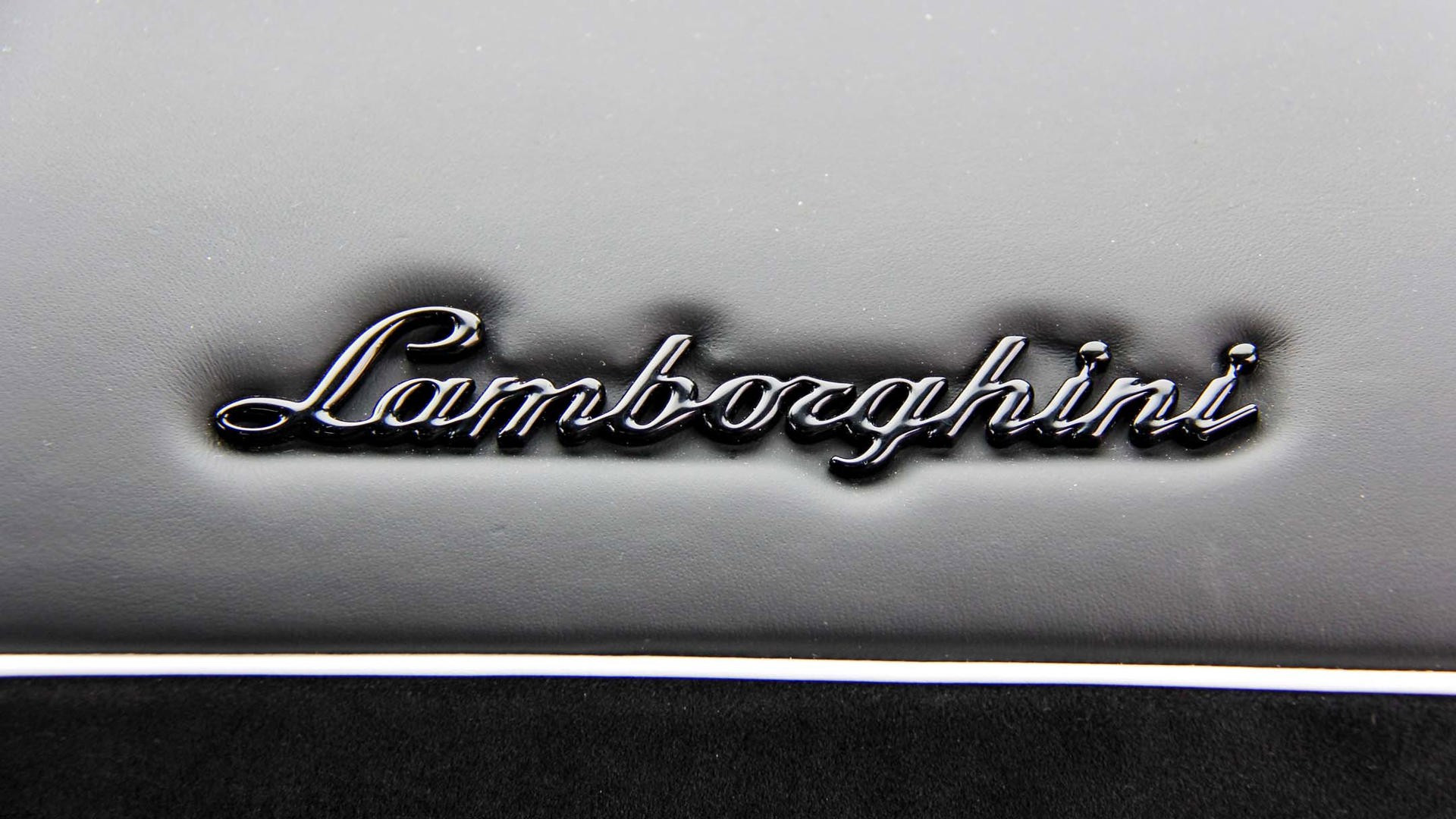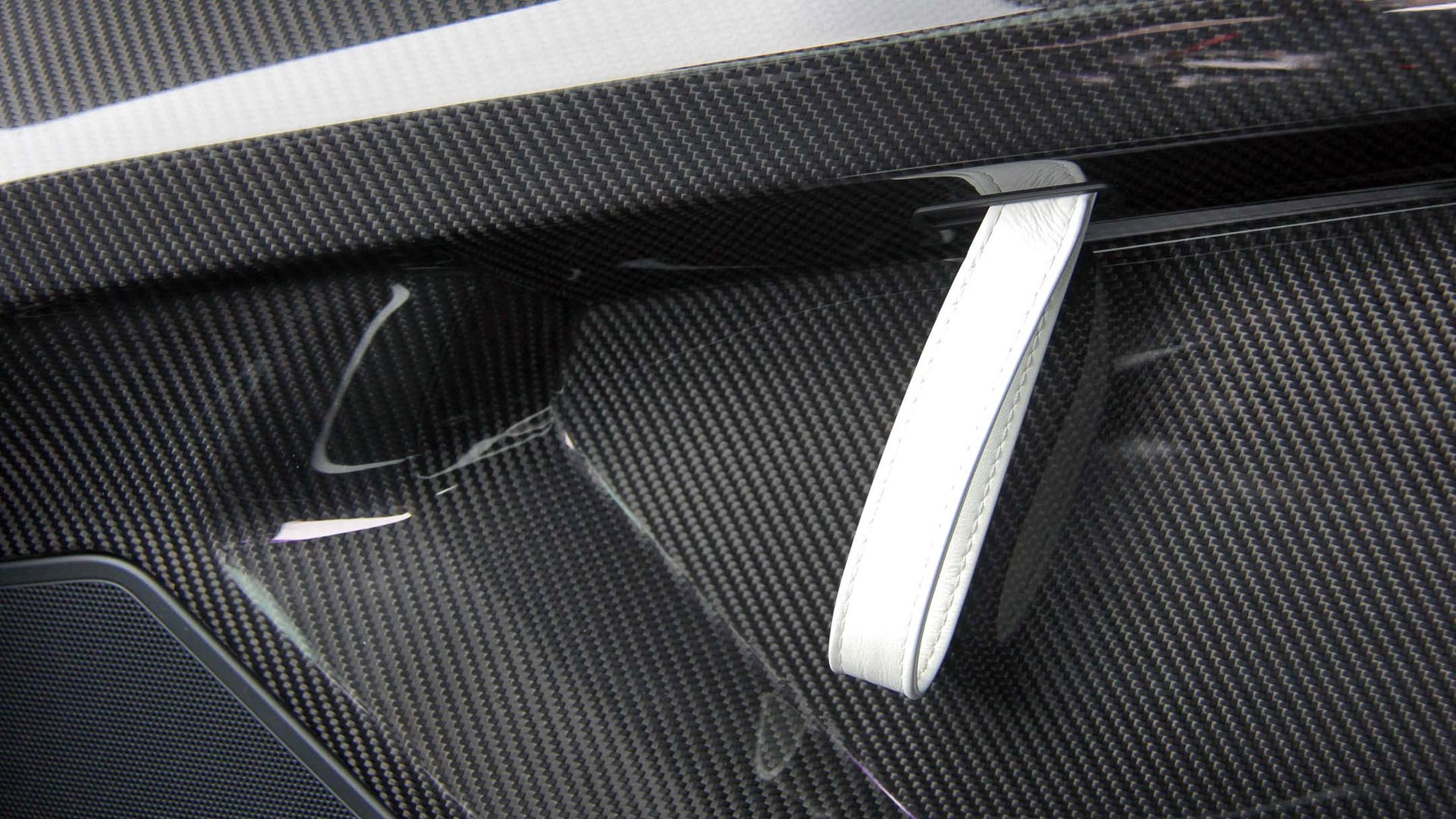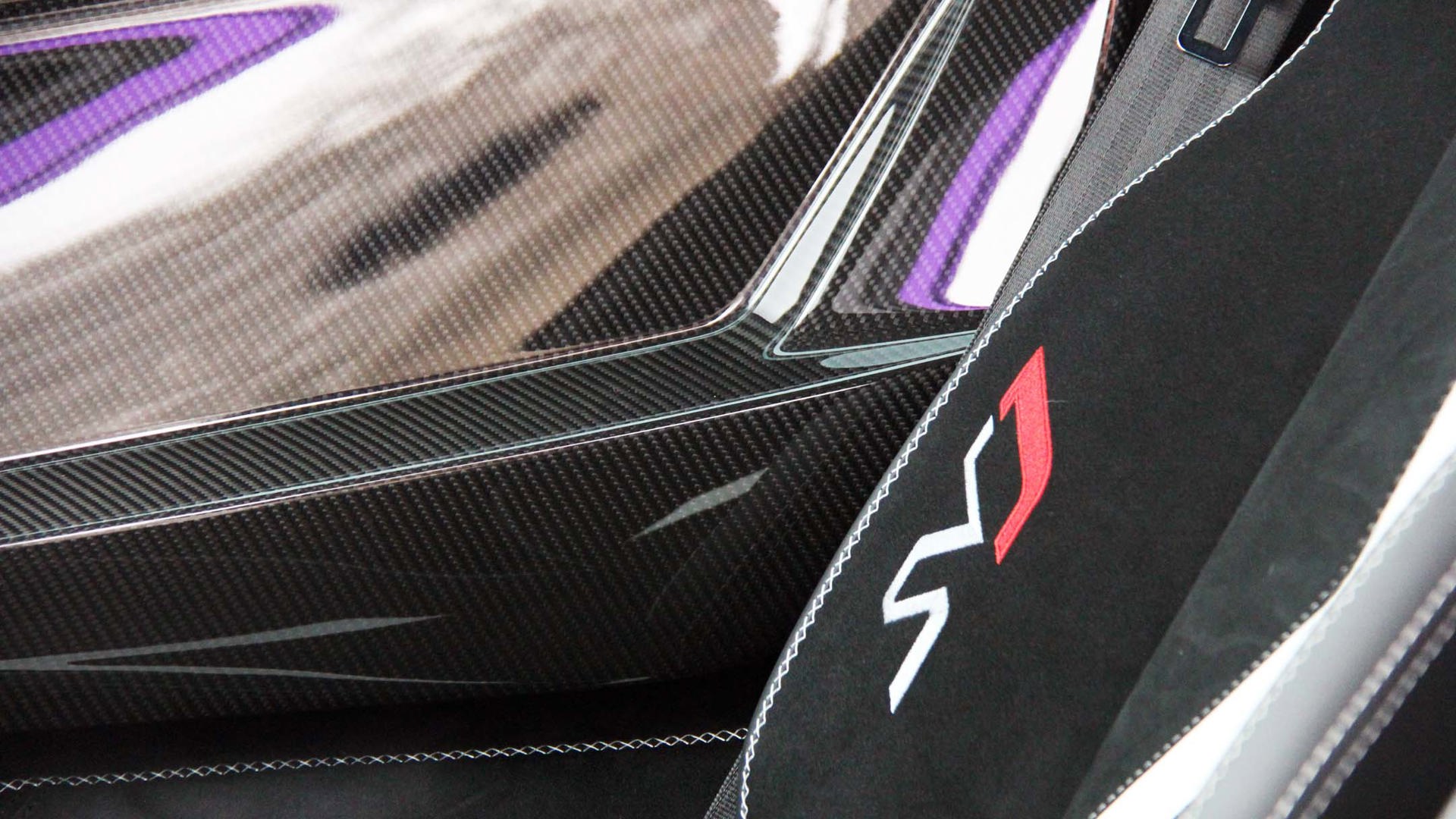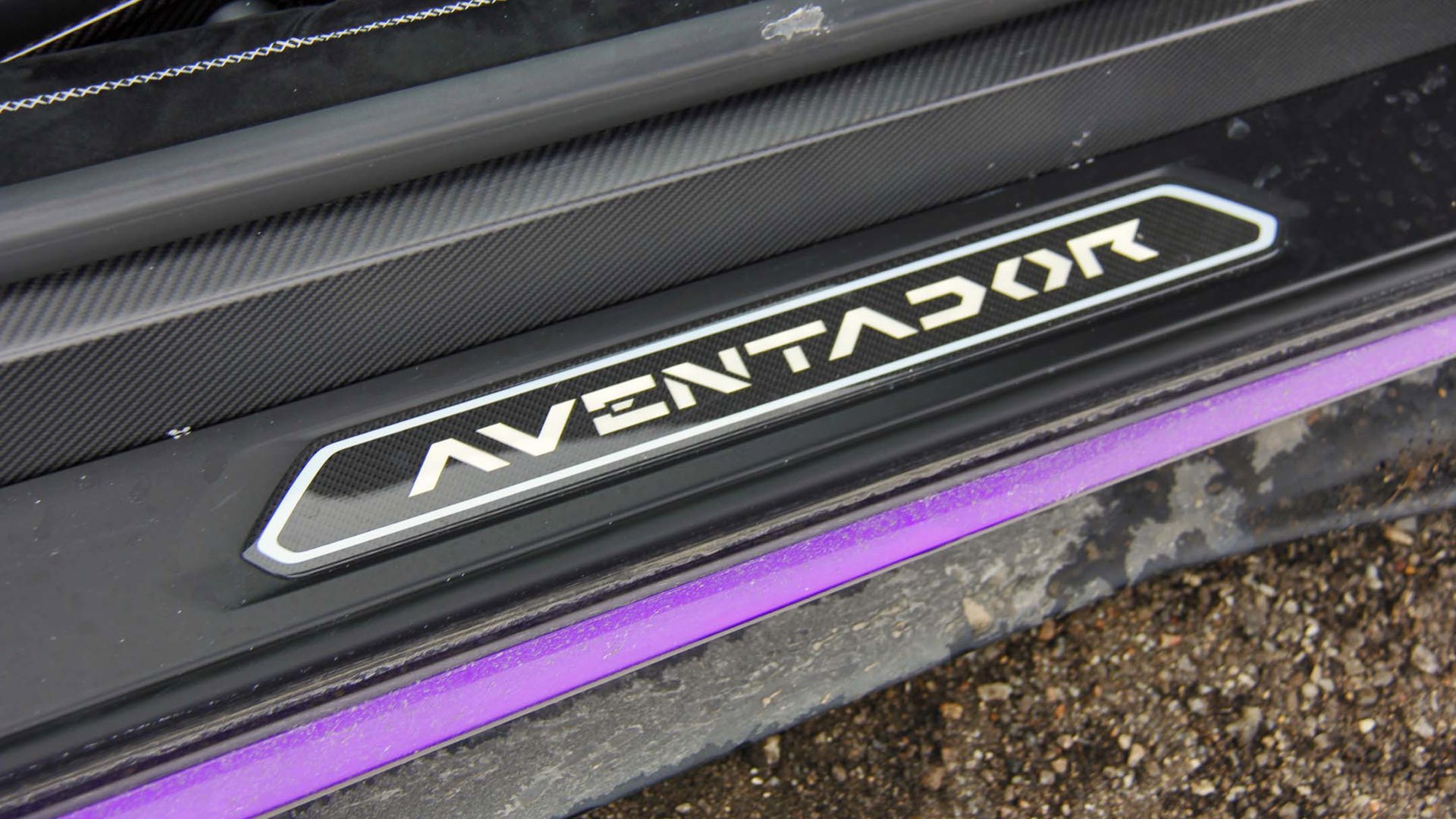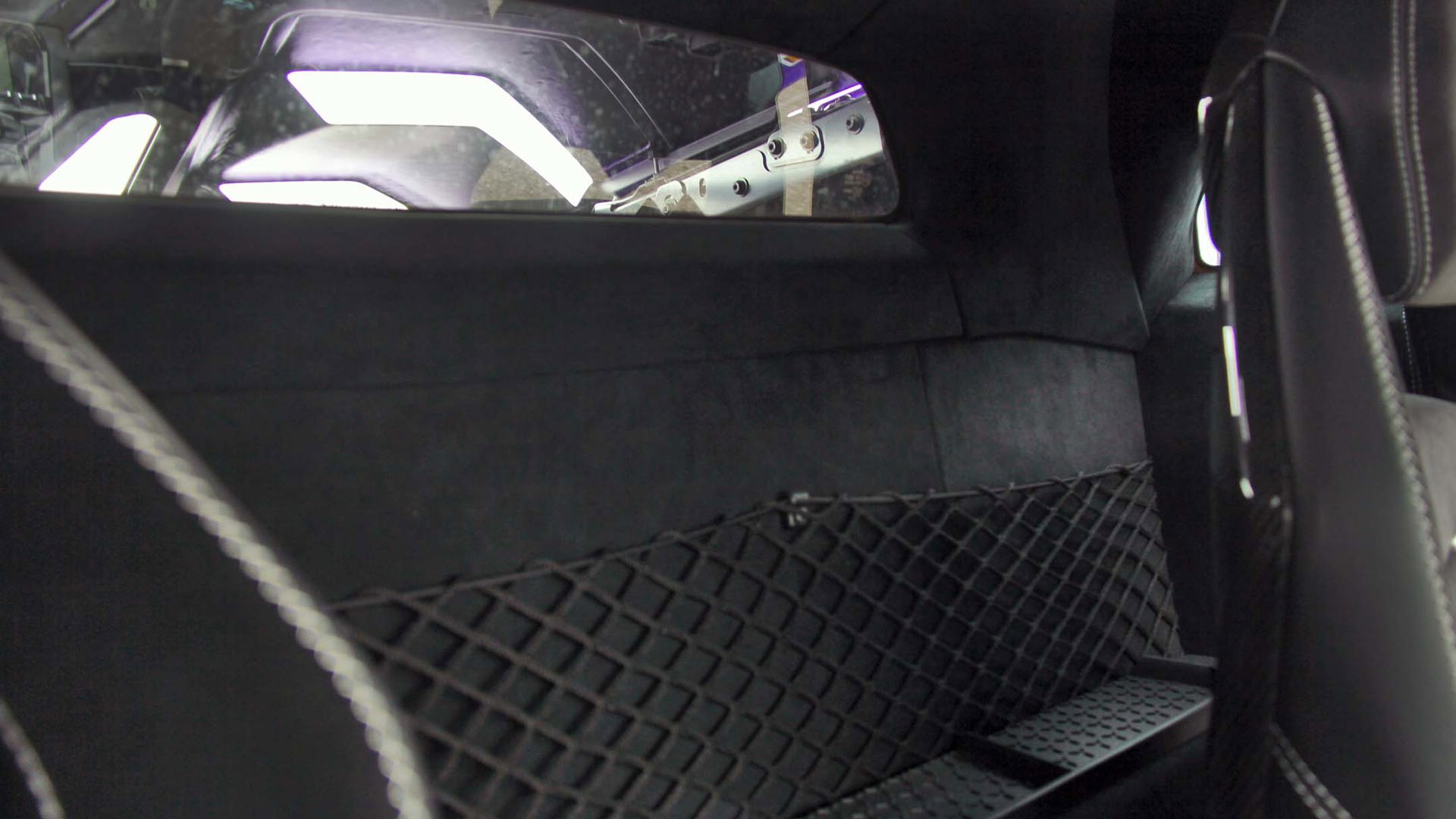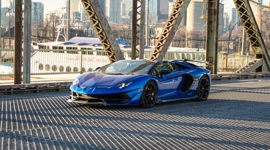Some topics just naturally strike up heated, highly divisive debates: toilet paper orientation, pineapple pizza, socks and sandals, to name a few. And within the Canadian car community, whether exotic supercars should be driven year-round.
Some owners will assert that they are only cars, and as such should be driven and enjoyed as much as possible. While for others, subjecting a supercar to the perils of snow and slush is as blasphemous and offensive as putting ketchup on steak.
Given the low ground clearance and lofty sticker price of $680,380, I will concede that I experienced many mixed emotions during my time with Lamborghini’s flagship Aventador SVJ during the depths of winter. But I also wasn’t about to turn down the offer either, was I? My own (far less rare, exotic, and expensive) sports car has been parked safely in a heated garage under a custom cover since last October, where it will remain until spring has sufficiently sprung. I’m less concerned with the challenges (or rather, fun) associated with piloting a high-horsepower rear-wheel-drive car in the snow than I am with the short- and long-term impact of corrosive road salt ruining paint and turning components into dust. Cars are rarely an investment, but I’d like to ensure mine keeps as much value as possible.
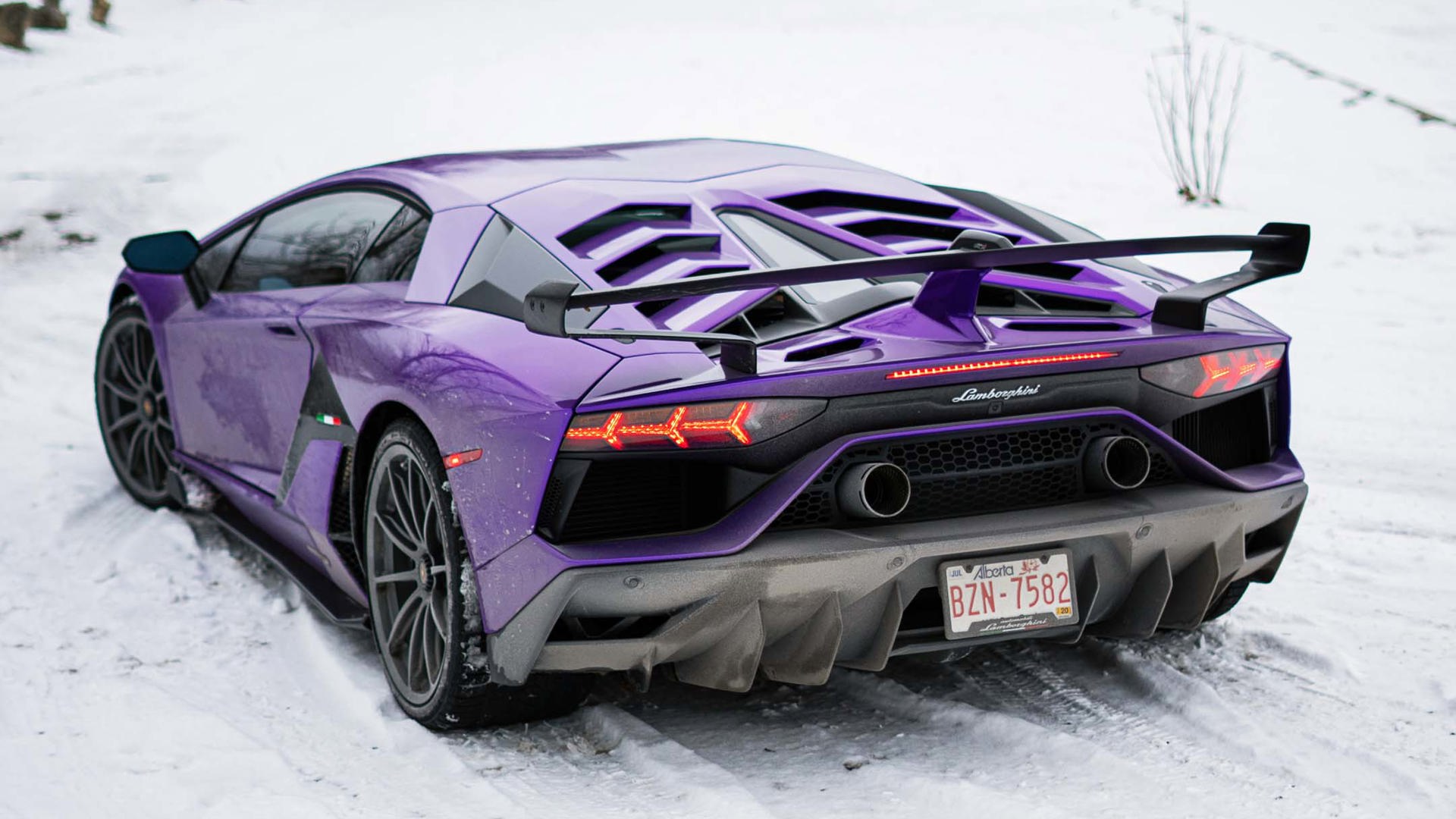
If nothing else, I was curious about how the 770 hp V12 hyper exotic would fare in poor weather. Given that it was outfitted with Pirelli SottoZero 3 tires measuring 255/30R20 up front and 355/25R21 in the rear and equipped with both all-wheel drive and all-wheel steering, it actually handled itself quite well. That’s not to say the SVJ is civilized; quite the contrary, in fact. It’s loud, brash and its many imperfections are by design.
Various drive modes – Strada, Sport, Corsa, and Ego – adjust suspension and throttle response. In a world of dual-clutch transmissions, the Aventador’s seven-speed single-clutch gearbox with manual override feels sluggish when driving casually around town but is certainly up to the task of getting the power transferred to all four wheels. The harder you push it, the more favourably it responds – sending the SVJ’s 1,770 kilograms (3,902 lb) brutally from zero to 100 km/h in 2.5 seconds and reaching 200 km/h in under nine.
It’s not a car that’s supposed to make you comfortable or apathetic. Whether it’s the scissor doors, the carbon fibre, Alcantara and leather interior, or the cackling roar of the V12 directly behind you; the fact that you’re driving something impractical and completely mad is never lost. Lamborghini may be the only company that can get away with that in this day and age.
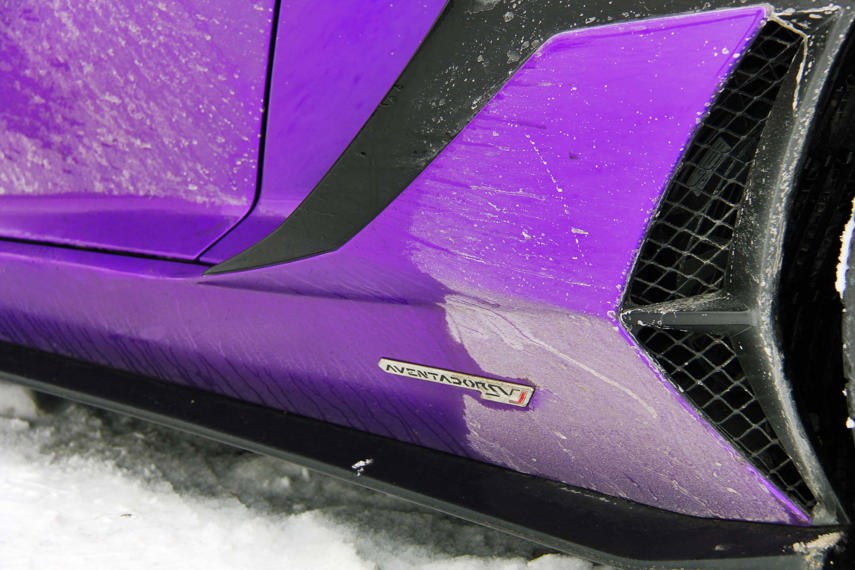
Poor weather aside, being responsible for a car like this requires your full attention at the best of times. Being adorned in Viola Parsifae (purple) doesn’t exactly help it fly under the radar, but that’s kind of the point. Strangers will veer into your lane to capture images with their smartphones and approach you to ask questions whenever you park. People aren’t accustomed to seeing cars like this in person, particularly in the winter, so it becomes even more of an occasion. Although you wouldn’t expect a wallflower to choose a car like this, being an extrovert certainly helps.
It made a particularly big impression out front of my old high school when I picked my niece up for lunch on her 16th birthday. Promising to take her to write her G1 test, I intentionally failed to mention what I’d be driving. Raising the scissor door and contorting myself to exit as gracefully as I could while she approached the vehicle in disbelief, a crowd of shocked teenagers assembled. Just what a 16-year-old girl doesn’t want, she was the centre of attention. Had I been driving some generic grey crossover, we would have escaped completely unnoticed, but it became a memorable birthday neither of us will ever forget. Driving a car like this makes every day a special occasion, so I can understand the position of its owner not wanting to deprive themselves of the experience.
Traction and grip are a constant battle in a car with 770 hp regardless of weather or road conditions. Ground clearance aside, the SVJ proved itself to be a more-than-capable winter vehicle. The multi-stage heated electric seats warmed up quickly while the defroster and wipers kept the windshield clear.
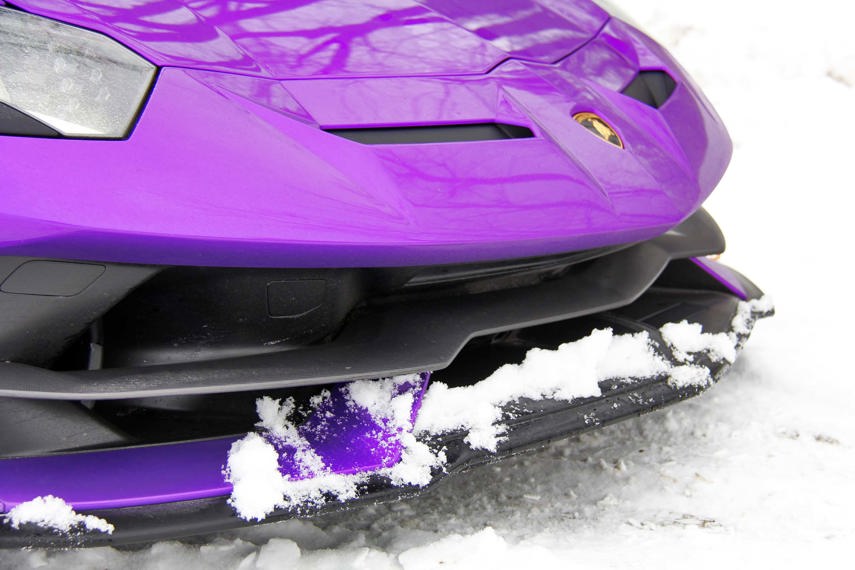
But does the short-term enjoyment outweigh the long-term damage and risk of depreciation? Sure, hardcore recreational narcotics may be a blast, but I respect my body too much to indulge. Various films and undercoating can be applied, but I frequently and sympathetically winced as the wide winter tires would scatter piles of salt up into the chassis, or the front splitter would make contact with a hardpacked chunk of snow that fell off a car in front of me. It did not go unscathed and I felt guilty enough about it that I apologized to the car numerous times.
To me, the pain inflicted by my car hibernating over the long winter months pales in comparison to how I would feel if the paint faded and the body started to rust. Just because you can, doesn’t mean you should. As the owner of such a vehicle, you’re of course welcome to use it however you wish. If you do happen to drive your supercar in the winter, just be honest with the next owner about it so they know what they’re getting into.
